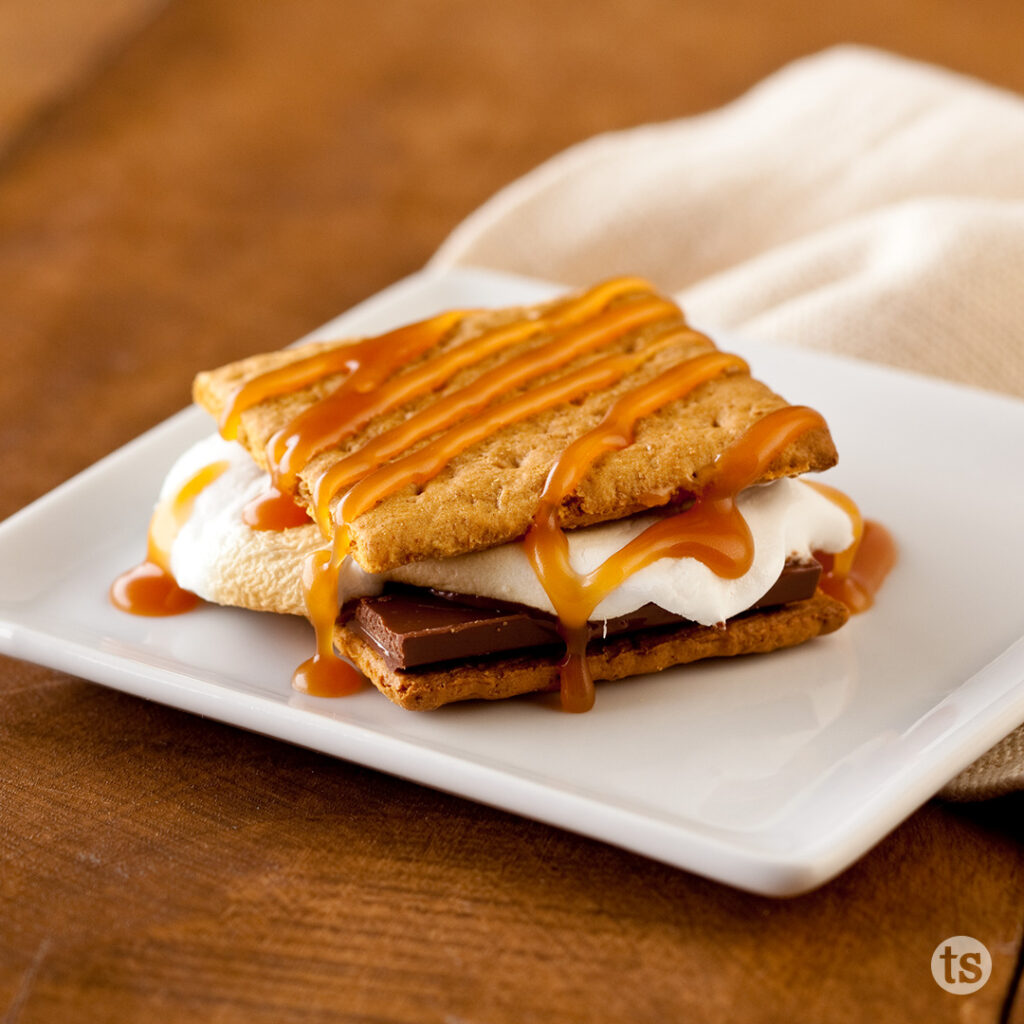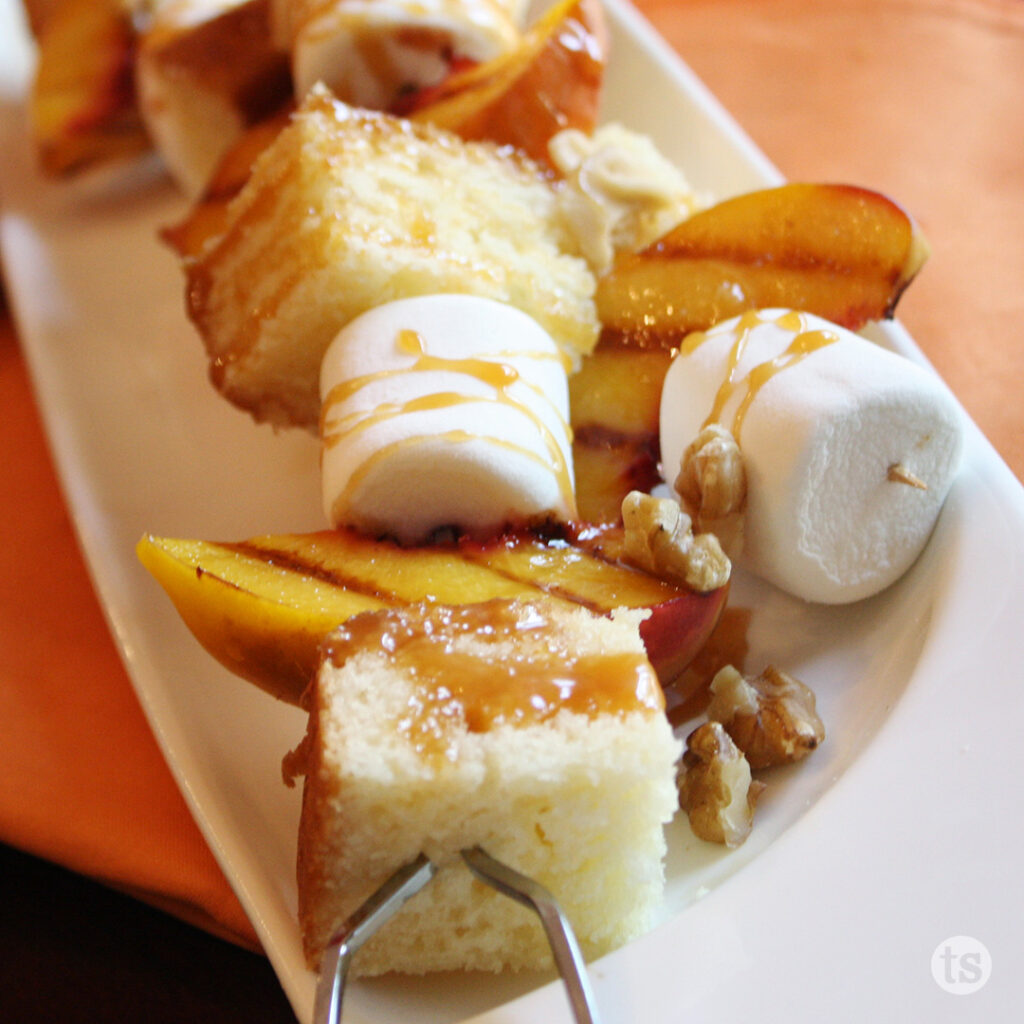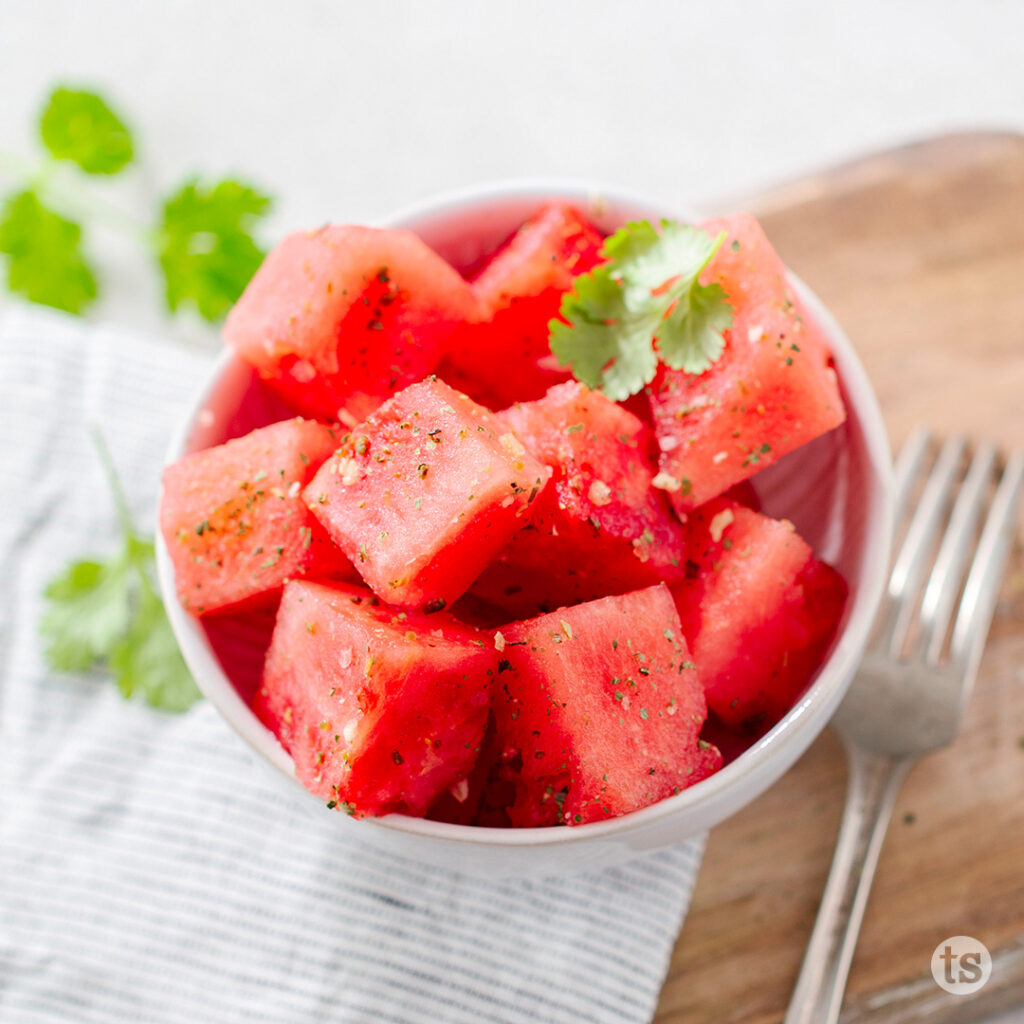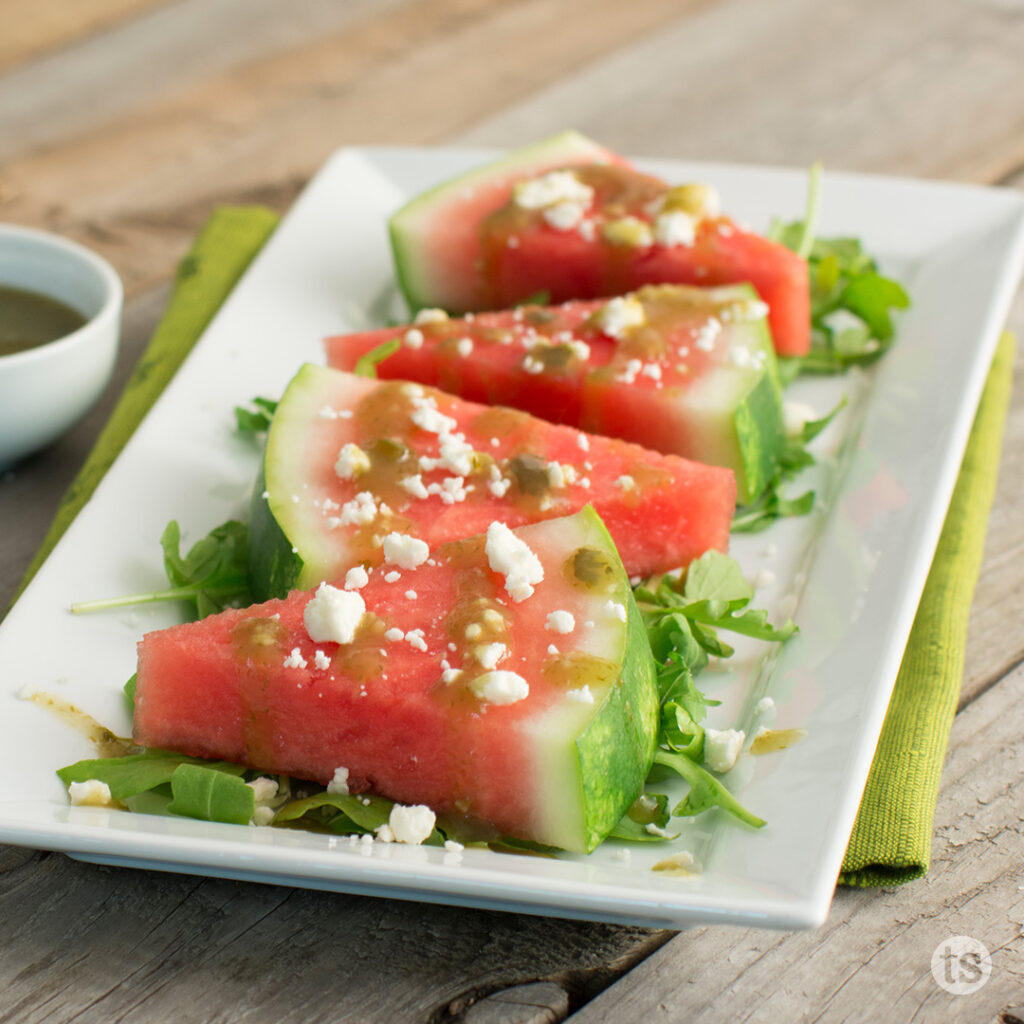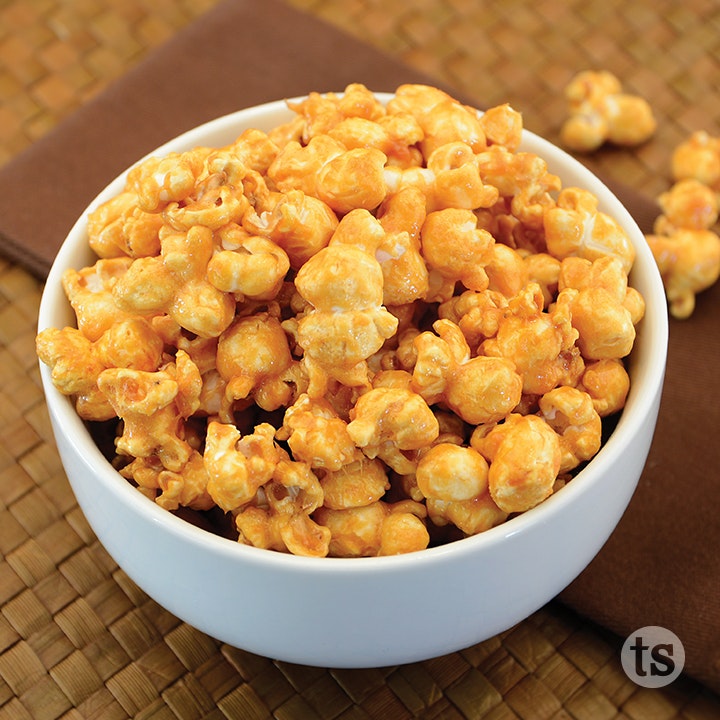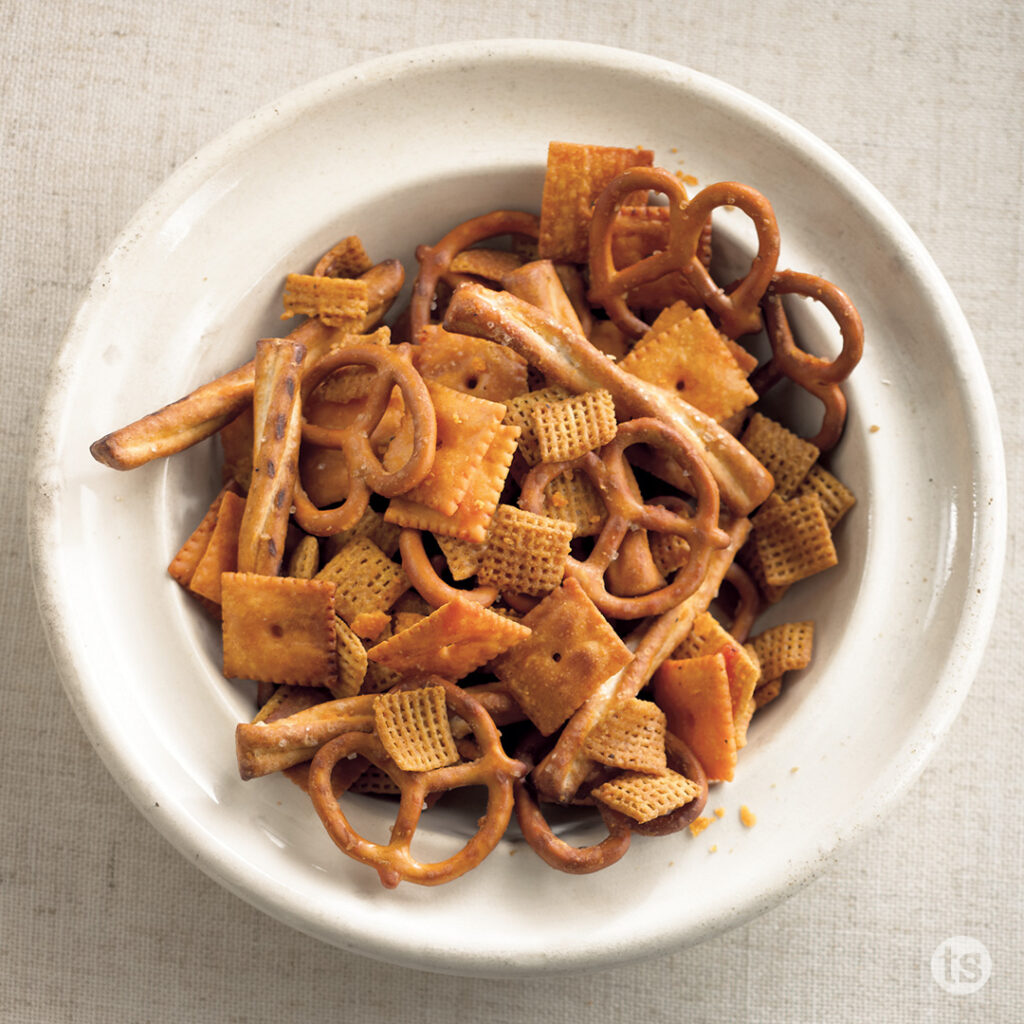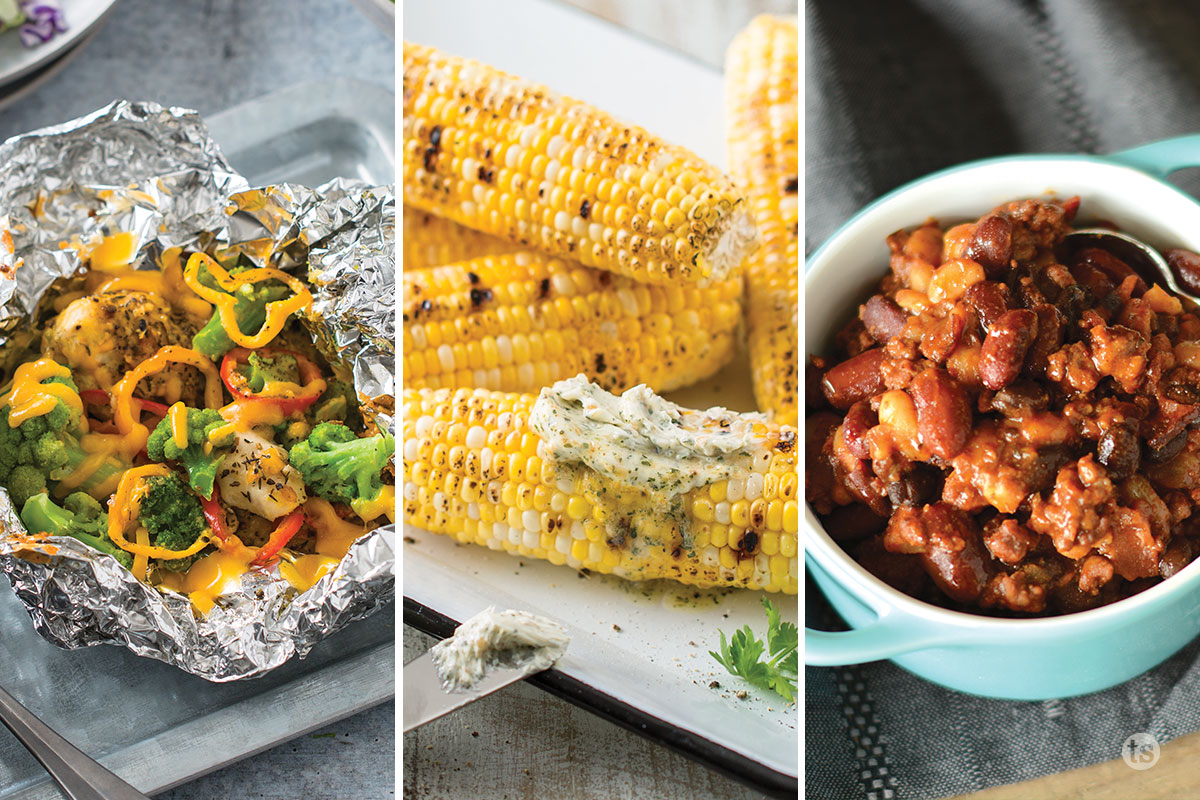Camping can be an adventure – but what to eat at camp doesn’t have to be. These easy camping food ideas, along with a few tips for planning ahead and getting organized at the campsite can make dining and snacking simple and stress-free.
Here you’ll find helpful information on:
- Popular types of camping meals
- Best methods for cooking camp food
- Tips for specific cooking methods, including over the fire, on the grill, griddling, Dutch oven, induction plate and foil packet meals
- Food safety tips
- Easy cleanup
- More camp food ideas
- Recipes for meats, poultry and seafood; salad, veggies and sides; foil packets; and desserts and snacks.
What are some easy food ideas for camping?
Minimal ingredients and easy prep are key to smooth as silk meal-making at camp. Here are some popular types of meals to prepare in the great outdoors:
- Foil packet meals: Wrap a combination of sliced vegetables, meat (such as chicken or fish), herbs and seasoning in foil and cook it over the campfire or grill. Tip: Foil packet meals can be prepared at home and frozen, then reheated over the campfire or grill.
- One-pot pasta: Cook pasta with your choice of sauce, vegetables, and protein in a single pot over a camp stove or fire.
- Campfire tacos: Grill or cook your choice of meat (such as chicken, beef, or fish), and assemble them into tacos using tortillas, cheese, salsa, and other toppings.
- Skewers: Thread marinated meat or vegetables onto skewers and cook them over the campfire or grill.
- Campfire sandwiches: Make sandwiches with bread, deli meats, cheese, and any desired toppings, then heat them over the fire using a pie iron or grill grate.
- Campfire chili: Prepare a pot of chili with canned beans, ground meat, vegetables, and spices. Cook it over a camp stove or fire.
- Quesadillas: Fill tortillas with cheese, cooked chicken, vegetables, or any other desired fillings, and heat them on a camp stove or grill until the cheese melts.
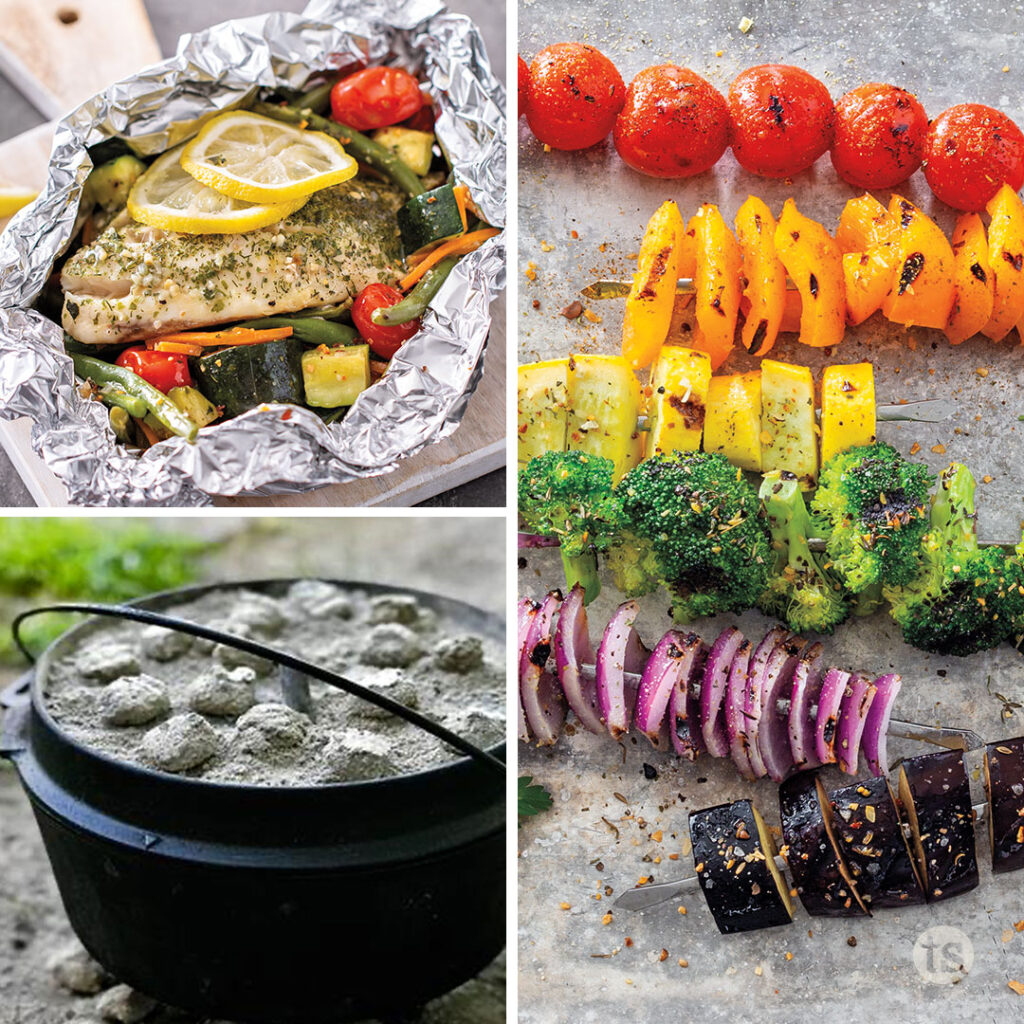
What are the easiest ways to cook while camping?
Making meals while camping can be simple when you utilize simple cooking methods and tools that require minimal preparation and cleanup. Here are some tips:
- Campfire cooking: If allowed and safe, cooking over a campfire can be a straightforward option. Use a sturdy grill grate or cast- iron skillet to cook food directly over the flames or hot coals.
- Camp stove: Invest in a portable camp stove, which provides a reliable heat source and allows for precise temperature control. Many camp stoves use propane or butane fuel canisters and are easy to set up and use.
- One-pot meals: Opt for meals that can be cooked in a single pot or skillet, minimizing the number of dishes to clean. One-pot pasta dishes, stir-fries, and stews are great options.
- Foil packet cooking: Wrap ingredients like meat, vegetables, herbs, and seasoning in foil and cook them directly on the campfire or grill. Foil packets are easy to prepare and require minimal cleanup.
- Pre-cut and pre-prepared ingredients: Before your camping trip, pre-cut and pre-prep ingredients at home. This saves time and makes cooking at the campsite easier and more efficient.
- Pre-cooked and pre-packaged meals: Consider pre-cooked meals or dehydrated camping meals that only require rehydration or reheating. These are convenient options that minimize cooking and cleanup.
- Plan simple meals: Choose recipes with fewer ingredients and simple cooking techniques. This reduces the complexity of meal preparation and allows you to focus more on enjoying your camping experience.
Some Tips for Specific Camp Cooking Methods
From hotdogs on a stick above an open flame to high-tech portable cooking gear, there are lots of ways to make meals simple and delicious at camp.
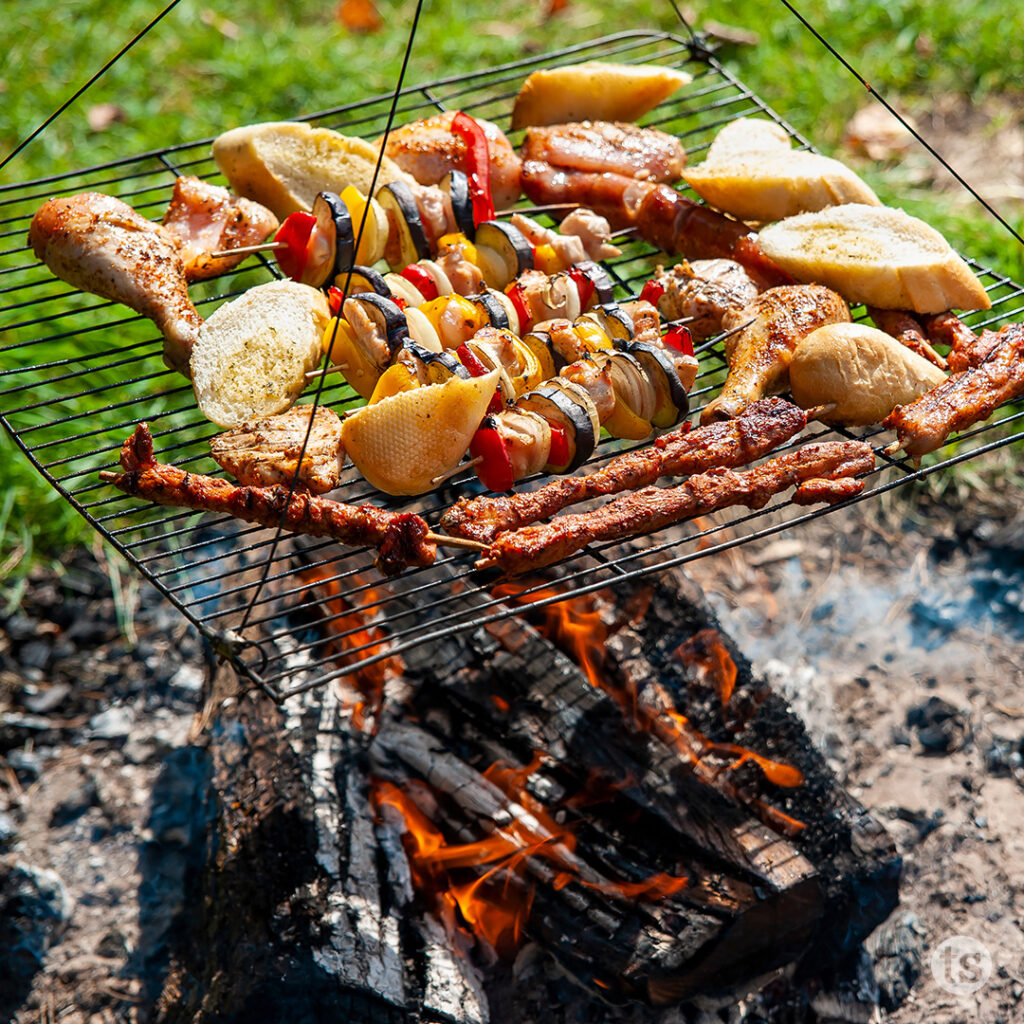
Campfire Cooking
Most campgrounds have guidelines and restrictions on campfires, including whether firewood can be brought in or gathered on site. Here are some general tips regarding campfire cooking.
- Start the fire: Arrange the tinder and kindling in a cone or teepee shape. Use matches, a lighter, or fire starters to ignite the tinder. Gradually add more kindling as the fire grows. Once the fire is established, add larger logs to sustain the flames.
- Create a cooking area: Place a sturdy grill grate or a cast iron skillet directly over the fire or on sturdy rocks arranged around the fire. Ensure the cooking area is stable and secure.
- Preheat the cooking surface: Allow the fire to burn down to hot embers, which provide a more even and controllable heat source for cooking. Wait until the flames have subsided and the embers are covered in a layer of white ash before placing your cookware on the grill grate or over the coals.
- Adjust the heat: Control the heat by adjusting the distance between the cookware and the coals. Raise or lower the grill grate or adjust the placement of rocks to increase or decrease the intensity of the heat.
- Use the right tools: Choose cookware suitable for campfire cooking, such as cast iron pans, Dutch ovens, or foil packets. Monitor your food closely and flip or stir as needed. Be aware that cooking times may vary due to the heat intensity and fluctuations of the fire.
- Put the fire out: After you finish cooking, carefully extinguish the fire by allowing the remaining wood and coals to burn down completely or by pouring water over them. Stir the ashes and coals to ensure they are fully extinguished.
Dutch-Oven Cooking
Dutch ovens are large, wide and fairly shallow lidded pots that are popular with campers because they maintain a consistent temperature for a long period on a cook stove or in the coals of a campfire. Here are some ways to use them effectively.
- Use the right heat: Use indirect heat by placing hot coals both on the lid and underneath the oven. This creates a consistent and controlled temperature. The number of coals needed depends on the size of the Dutch oven and the desired cooking temperature. As a general guideline, use roughly twice as many coals on top as you do on the bottom for even heat distribution.
- Preheat: Place the Dutch oven on the heat source with the desired number of coals for a few minutes before adding ingredients.
- Choose the right foods: Dutch ovens are excellent for slow-cooking, braising, baking, and simmering, such as stews, soups, roasts, casseroles, bread and desserts.
- Monitor and adjust heat: Monitor the temperature and adjust the number of coals as needed. Remember that adding or removing coals will affect the heat level inside the Dutch oven. Use long tongs or a fireproof glove to handle and adjust the hot coals safely.
- Allow a little “breathing room”: To prevent scorching or burning, raise the food inside the oven slightly by using a trivet or placing a layer of foil at the bottom. This helps to maintain a gentle and even heat distribution.
- Rotate and stir: To ensure even cooking, occasionally rotate the Dutch oven and stir the contents during the cooking process. This helps to distribute heat and prevents hot spots.
- Take care: After using the Dutch oven, allow it to cool down before cleaning. Avoid using harsh detergents or abrasive scrubbers that can damage the seasoning. Instead, use hot water and a soft brush or sponge.


Portable Grill Cooking
Grilling is made even easier when you bring a portable tabletop grill. When brining a grill with you, consider these tips:
- Choose the right grill: Portable grills come in various sizes, fuel types (charcoal, propane, or electric), and features. Select a grill that suits your preferences and how and where it will be used.
- Safety first: Set up the grill on a stable and flat surface away from flammable materials like dry grass or overhanging branches. Keep a fire extinguisher or a bucket of water nearby for emergencies. Follow the manufacturer’s instructions and any local regulations for safe grill operation.
- Preheat: Allow the grill to heat up for a few minutes before placing food on the grates. This helps prevent food from sticking, creates attractive grill marks and enhances flavor.
- Oil the grates: Use a high smoke point oil, such as vegetable or canola oil, and apply it using a brush or a folded piece of paper towel.
- Control the heat: Become familiar with how your grill works. Adjust the burner knobs, vents, or dampers to regulate the temperature. Understanding how to control the heat allows you to cook various types of food, from searing steaks to slow-roasting vegetables.
- Use direct and indirect heat: Use direct heat for quick cooking, such as searing meats or grilling vegetables. For longer cooking times or larger cuts of meat, use indirect heat by turning off one burner or moving the coals to one side, creating an area for indirect cooking.
- Don’t overcrowd the grill: Too much food on the grill hinders airflow and results in uneven cooking. Leave enough space between food items to allow heat circulation and achieve the desired sear or char.
- Monitor cooking times: Keep an eye on the cooking times to prevent overcooking or burning. Portable grills tend to cook faster than indoor appliances, so adjust your cooking times accordingly. Use a meat thermometer to ensure meat reaches the desired internal temperature for safety and doneness.
Portable Griddle Cooking
Griddling is another method growing in popularity in camping. It uses a flat, solid cooking surface in contrast with grilling’s open grate. Here are tips for griddling at camp:
- Choose the right griddle: Consider the size, material, and heat source compatibility when selecting a portable griddle. Look for a griddle that fits your cooking needs and is suitable for your preferred heat source, such as gas, electric, or induction.
- Season the griddle: Many camping griddle that are made of steel or cast iron require seasoning before you cook on them for the first time. The “seasoning” on the griddle helps to protect it from rust and creates a nonstick cooking surface. Do this before you leave on your camping trip.
- Preheat the griddle: Preheating the griddle for a few minutes ensures even cooking and helps prevent food from sticking. Test the temperature readiness by sprinkling a few drops of water on the griddle surface. If the water sizzles and evaporates quickly, it’s ready to use.
- Control the heat: Portable griddles often have heat control knobs or settings to adjust the temperature. Learn how to regulate and control the heat to achieve the desired cooking results
- Use the right utensils: Use utensils suitable for griddle cooking, such as spatulas and tongs with heat-resistant handles..
- Cook in batches: If the griddle has limited space, cook food in batches rather than overcrowding the surface, which can result in uneven cooking..
- Properly oil the griddle: Use a brush or folded paper towel to apply a thin layer of oil or cooking spray to the griddle surface before cooking to help prevent sticking.
- Clean the griddle: After cooking, allow the griddle to cool down before cleaning. Wipe off any food residue using a damp cloth or sponge. If necessary, use a mild soap and non-abrasive scrubber to clean stubborn stains. Rinse thoroughly and dry the griddle completely to prevent rust or corrosion.


Portable Induction Hot Plate Cooking
If you have access to electricity at camp, a hot plate can be a convenient way to cook. Consider these factors:
- Choose the right cookware: Portable induction hot plates require cookware that is compatible with induction cooking. Look for pots and pans labeled as “induction-ready.”
- Set up carefully: Place the hot plate on a flat, stable, heat-resistant surface. Avoid using extension cords or power sources that are not rated to handle the load, as this can lead to electrical issues or damage to the hot plate.
- Choose the right heat: Induction cooking provides rapid and precise heat control. Start with a moderate heat level and adjust as needed during cooking. Avoid using excessively high heat, as induction cooking can reach high temperatures quickly.
- Be cautious of heat transfer: Induction cooking primarily heats the cookware and its contents. However, the cookware itself can become hot during cooking. Use oven mitts or potholders when handling hot cookware, and be aware of the potential heat transfer to nearby surfaces.
Foil Packet Cooking
Want to limit the amount of gear you have to bring with you to camp? Foil packet cooking, in which ingredients like meats and veggies are wrapped in foil and cooked over coals, is a low-tech method that only requires a roll of aluminum foil and a bit of organization. Some tips:
- Go heavy-duty: Heavy-duty aluminum foil is less likely to tear or leak during cooking.
- Be doubly secure: For extra durability, double-wrap the ingredients. Place one sheet of foil on the bottom, add the ingredients, and then cover them with another sheet of foil. Fold the edges tightly to create a secure seal.
- Prep smart: Cut vegetables, meat, and other ingredients into even-sized pieces to ensure they cook evenly. If using meat, consider marinating it beforehand to enhance flavor.
- Stop the stick: To prevent ingredients from sticking to the foil, lightly grease the foil with oil or use a non-stick cooking spray before adding the ingredients. This makes it easier to serve the cooked food without any sticking issues.
- Create a flat cooking surface: Flatten the foil packet as much as possible to create an even cooking surface. This helps distribute the heat more evenly, ensuring consistent cooking of the ingredients. Elevate the foil packets over the heat source with a grill grate or on top of a layer of rocks.
- Adjust cooking time and temperature: As a general guideline, cook foil packets over medium heat or indirect heat for about 20-30 minutes. Adjust the cooking time as needed and check for doneness by opening a packet and testing the tenderness of the ingredients.
- Avoid the ouch: When removing the foil packets from the heat source, use tongs, oven mitts or heat-resistant gloves. Be cautious of steam that may be released when opening the packet.
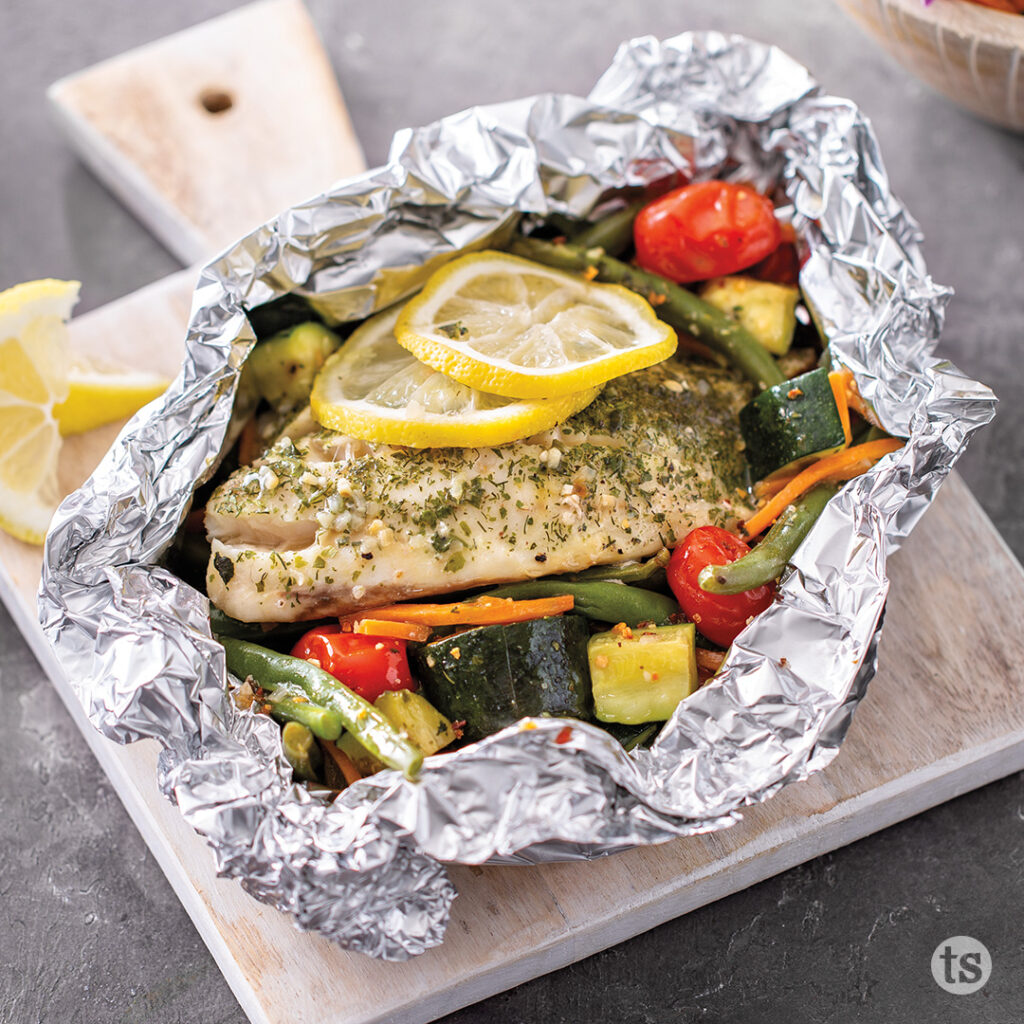
How to keep foods at the right temperature while camping?
To keep your foods at the right temperature while camping and prevent foodborne illnesses, follow these guidelines:
- Invest in a high-quality, well-insulated cooler with a secure lid. Consider separate coolers for different types of food to prevent cross-contamination between cooked and uncooked items. At the campsite, locate the cooler in a shaded and cool area, elevated on a picnic table or other raised surface.
- Use plenty of ice or ice packs to keep your cooler cold. Start with a base layer of ice at the bottom, place your food on top, and then cover it with more ice. Organize your cooler efficiently with foods in leak-proof containers or sealed bags. Place them at the bottom of the cooler where it’s coldest.
- Aim to keep your cooler temperature at or below 40°F (4°C) to ensure the safety of perishable foods. Monitor the temperature regularly using a thermometer. Tip: Try to open the cooler as little as possible to maintain the cool interior temperature.
- Freeze meats and marinated foods ahead of time. These frozen items can act as additional ice in the cooler and gradually thaw while keeping other foods cold.
How do you clean up after a camp meal?
Cleaning up after cooking camp can pose unique challenges. Here are some tips to make it easier.
- Scrape and remove food scraps: Before washing any dishes, scrape leftover food scraps into a trash bag or compost bin. This helps prevent clogging of sinks or polluting water sources. To avoid attracting animals, securely close trash bags and deposit them in designated receptables or the trunk of your vehicle.
- Use safe soap: Use a biodegradable camping dish soap that is safe for the environment. Avoid using regular household detergents as they can harm natural surroundings.
- Set up a dishwashing station: Fill a large basin or collapsible sink with warm water and add the biodegradable soap. If possible, place a tarp or plastic mat under the dishwashing area to catch any spills and protect the ground. Tip: Use a little water as possible for dishwashing to conserve water for other uses. Pour out dishwater in drains, if available, or at least 200 feet from any natural water sources.
- Wipe or air-dry the dishes thoroughly before storing them. Make sure they are completely dry to prevent the growth of mold or bacteria during transportation or storage.
Outdoor Grilling: Make Outdoor Cooking Sizzle
Campfire Chicken Gyros
You Go, Grill! Great Grilling Recipes & Ideas
Camping Faves
Chicken Sausage Foil-Pack Dinner
Grilling Veggies
Picnic at the Park
7 Stunning Cookout Side Dishes
Bourbon Bacon Hot Dogs
Easy Recipes for Camping Meals
Planning a camp cookout? Here are some tasty recipes to try!
Best Burgers, Beef, Chicken & More
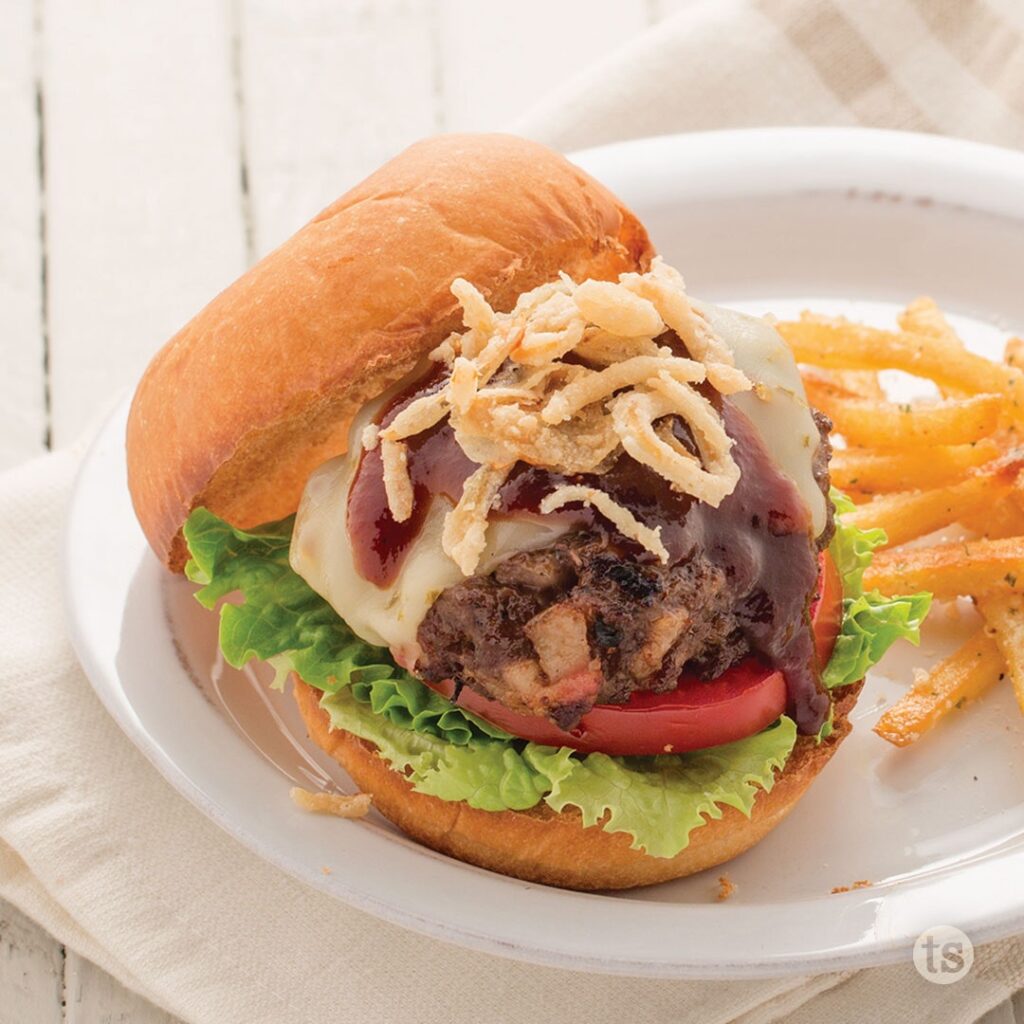
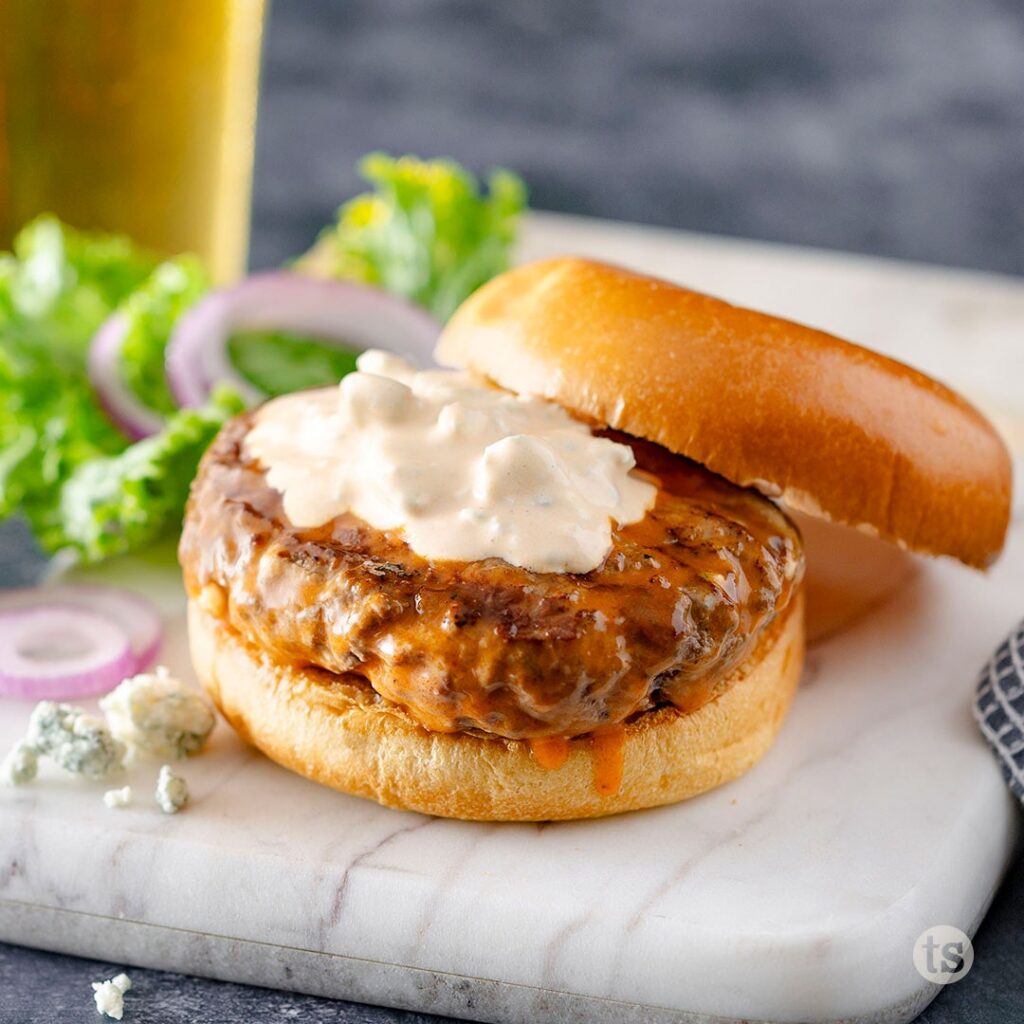
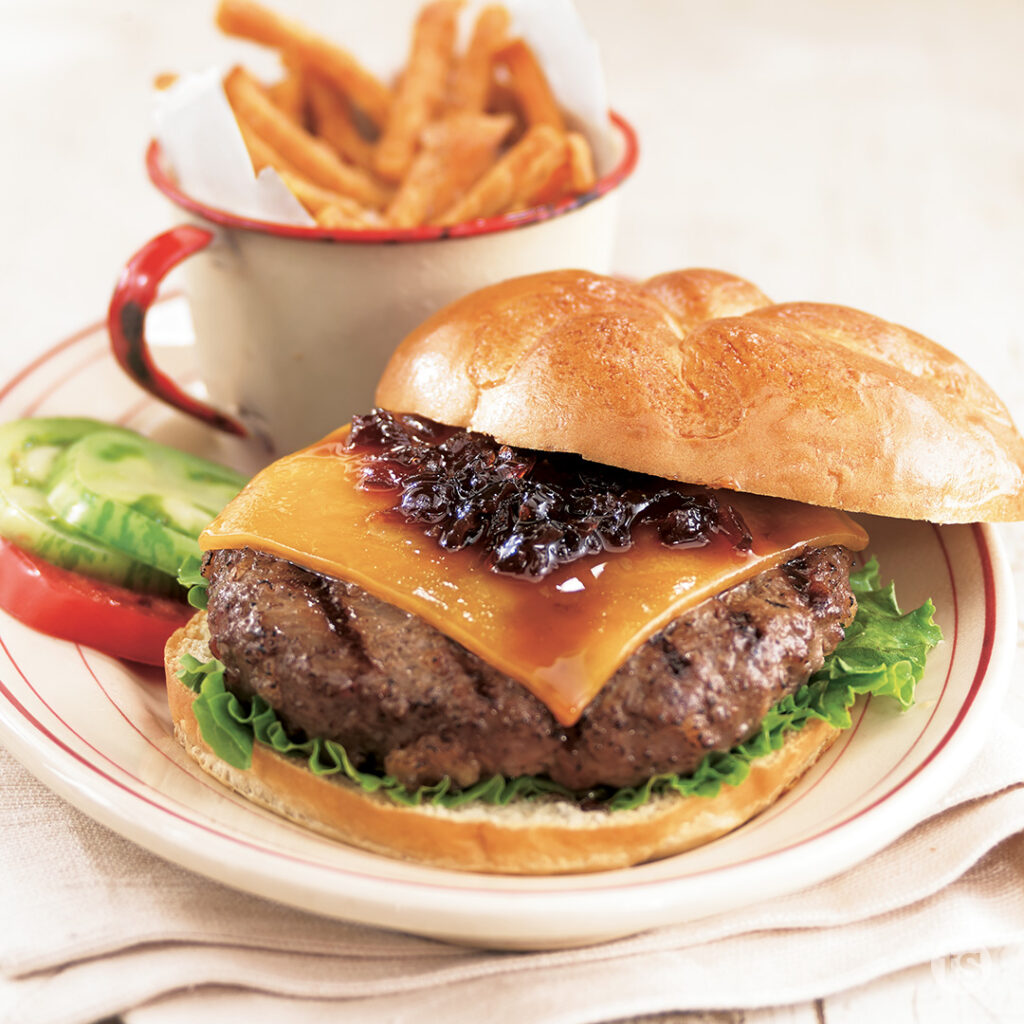
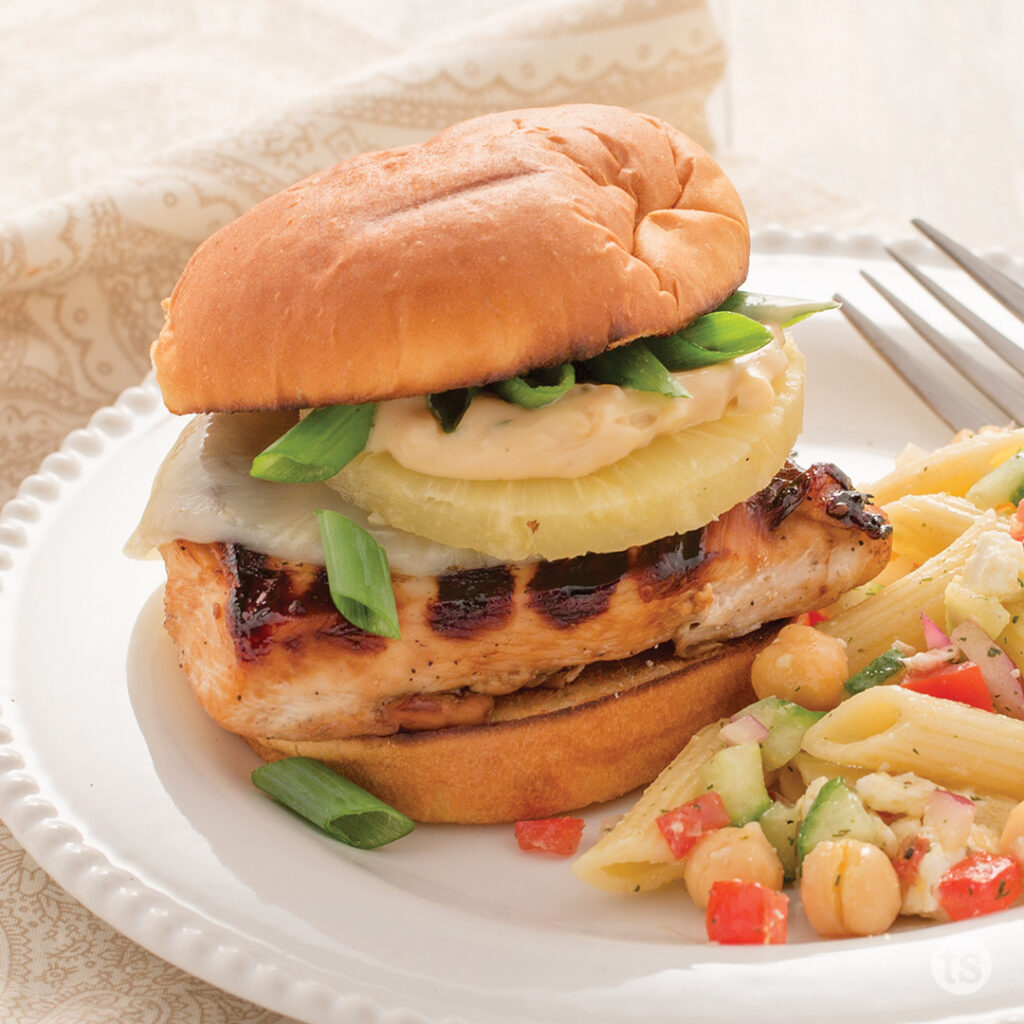
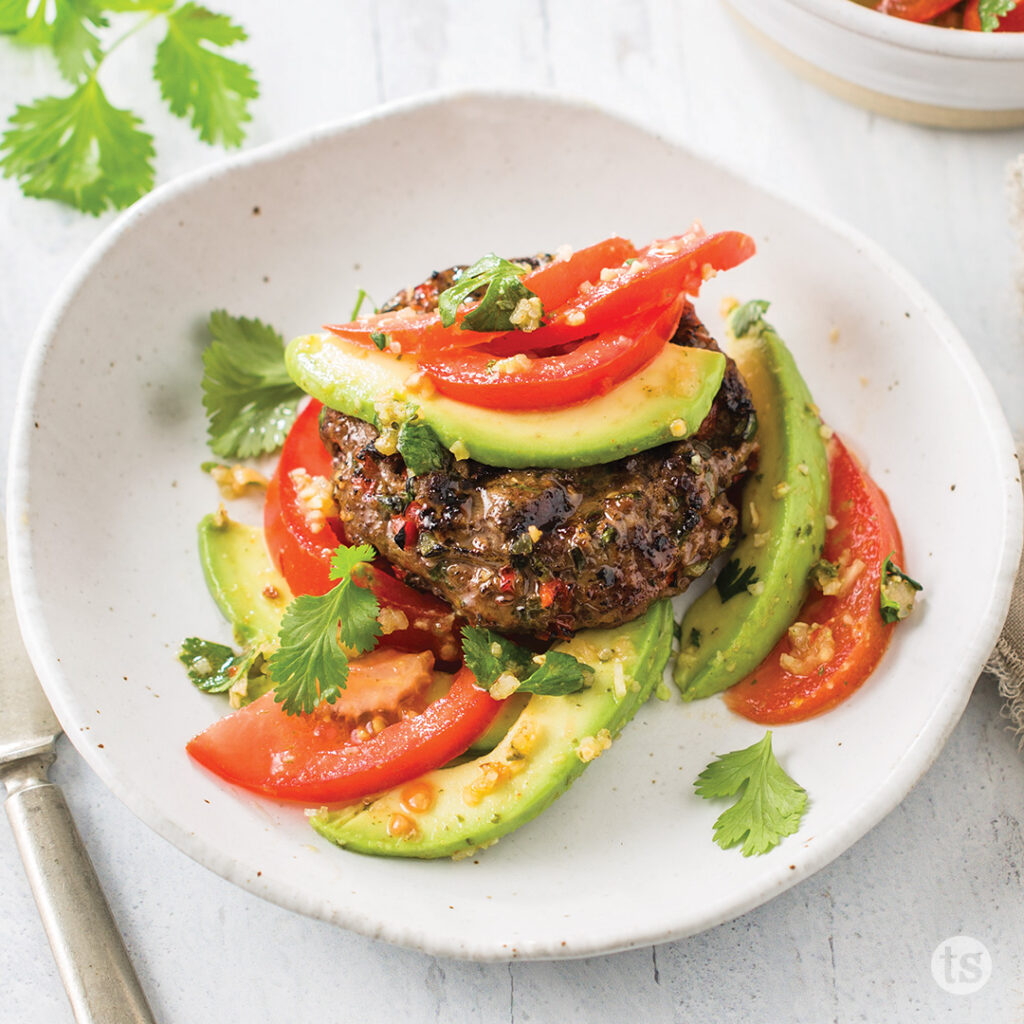
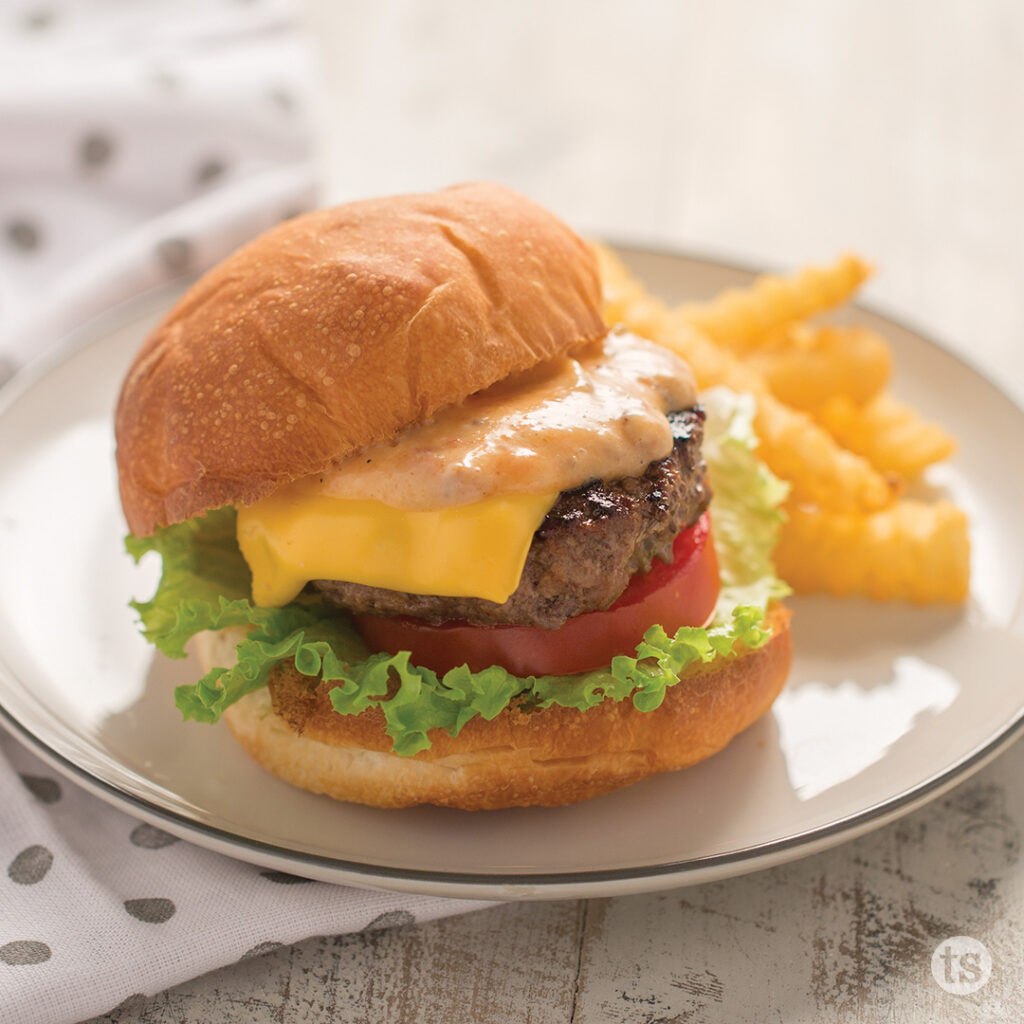
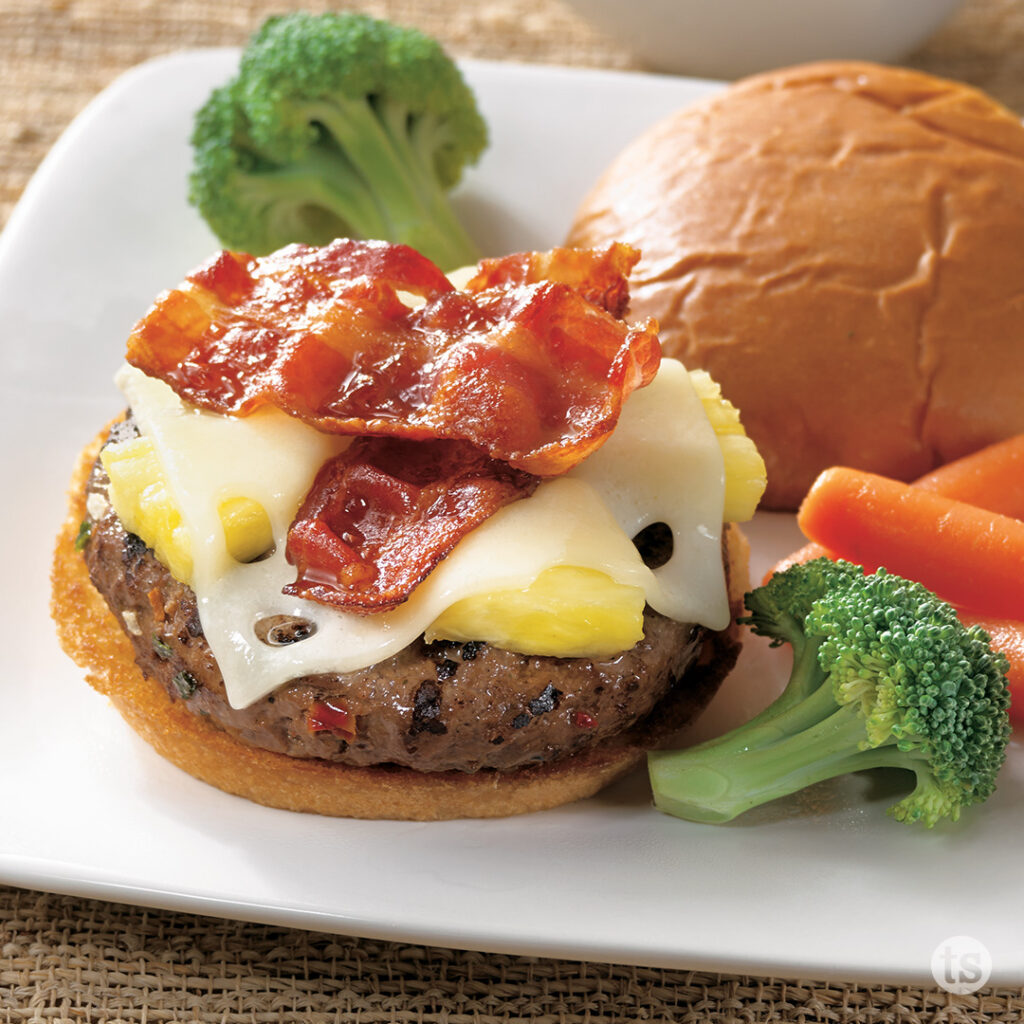
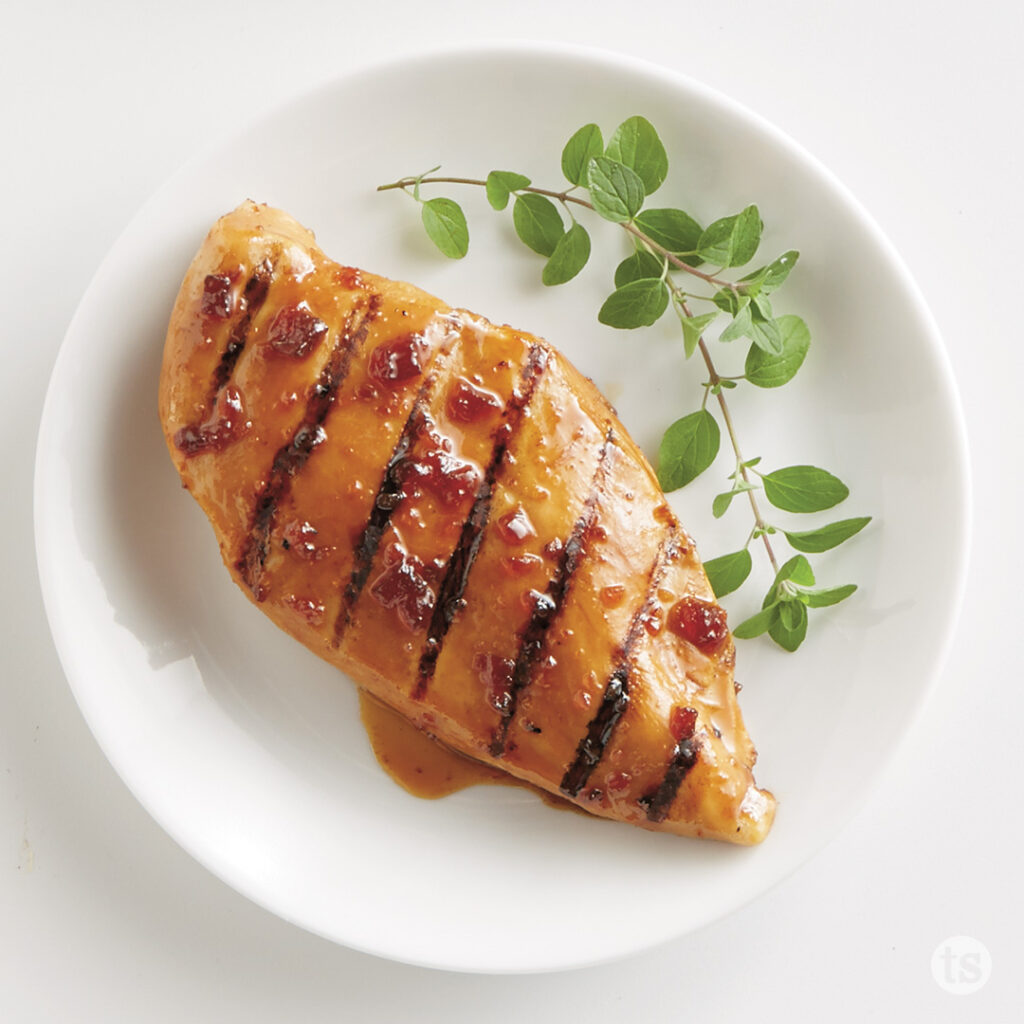
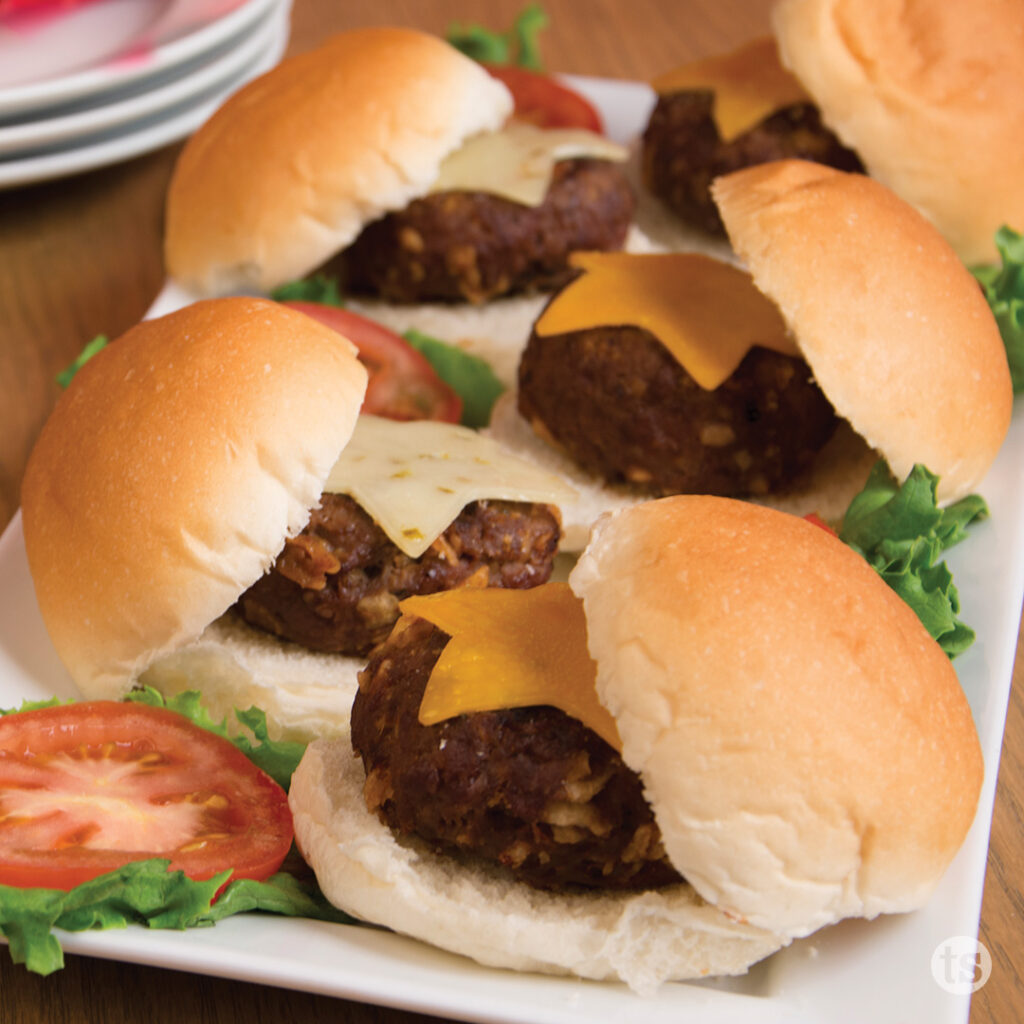
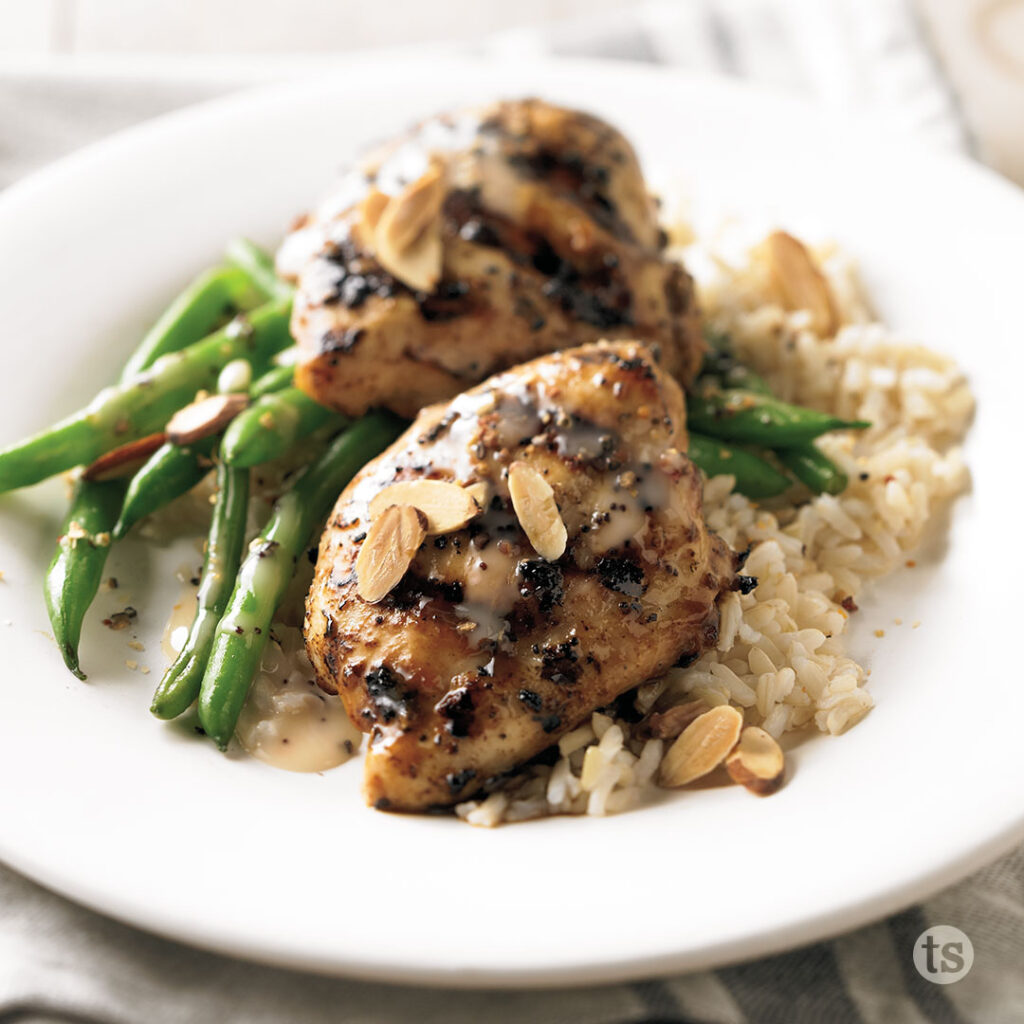
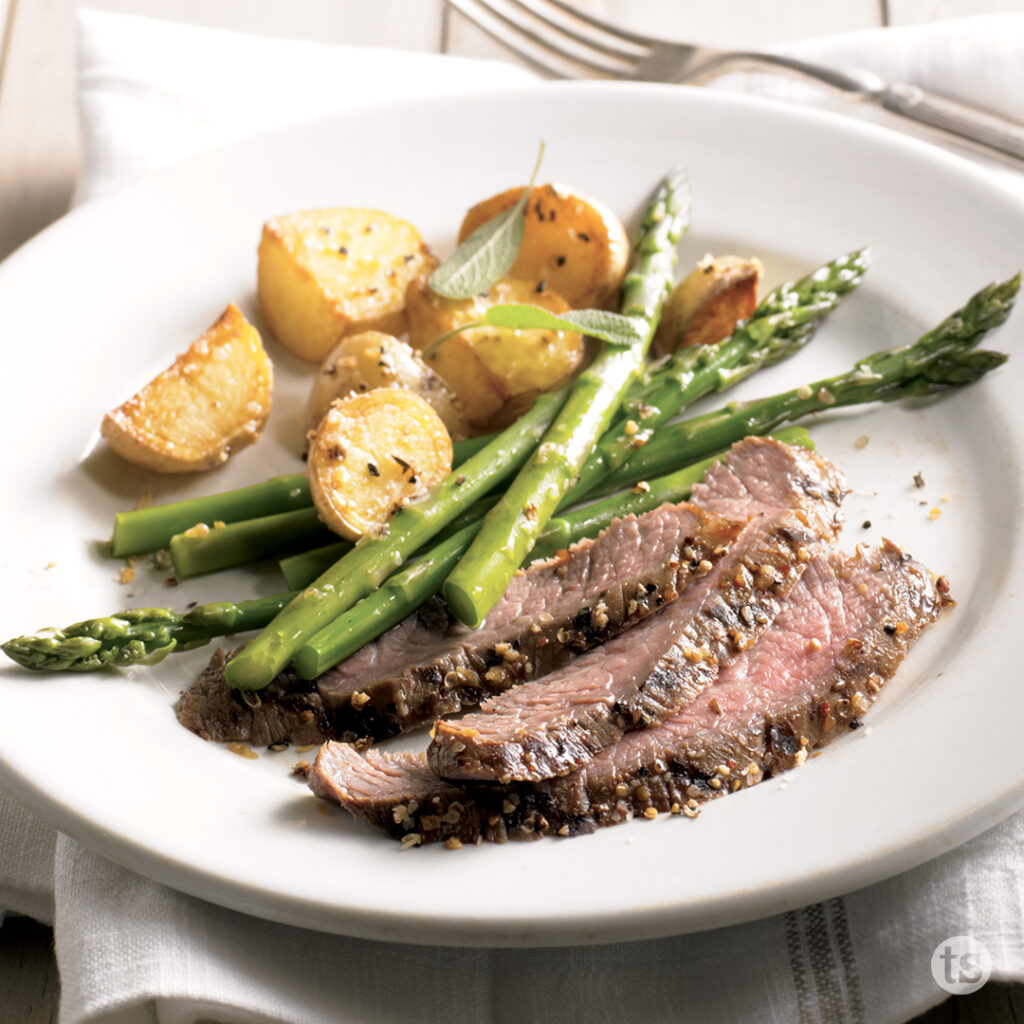
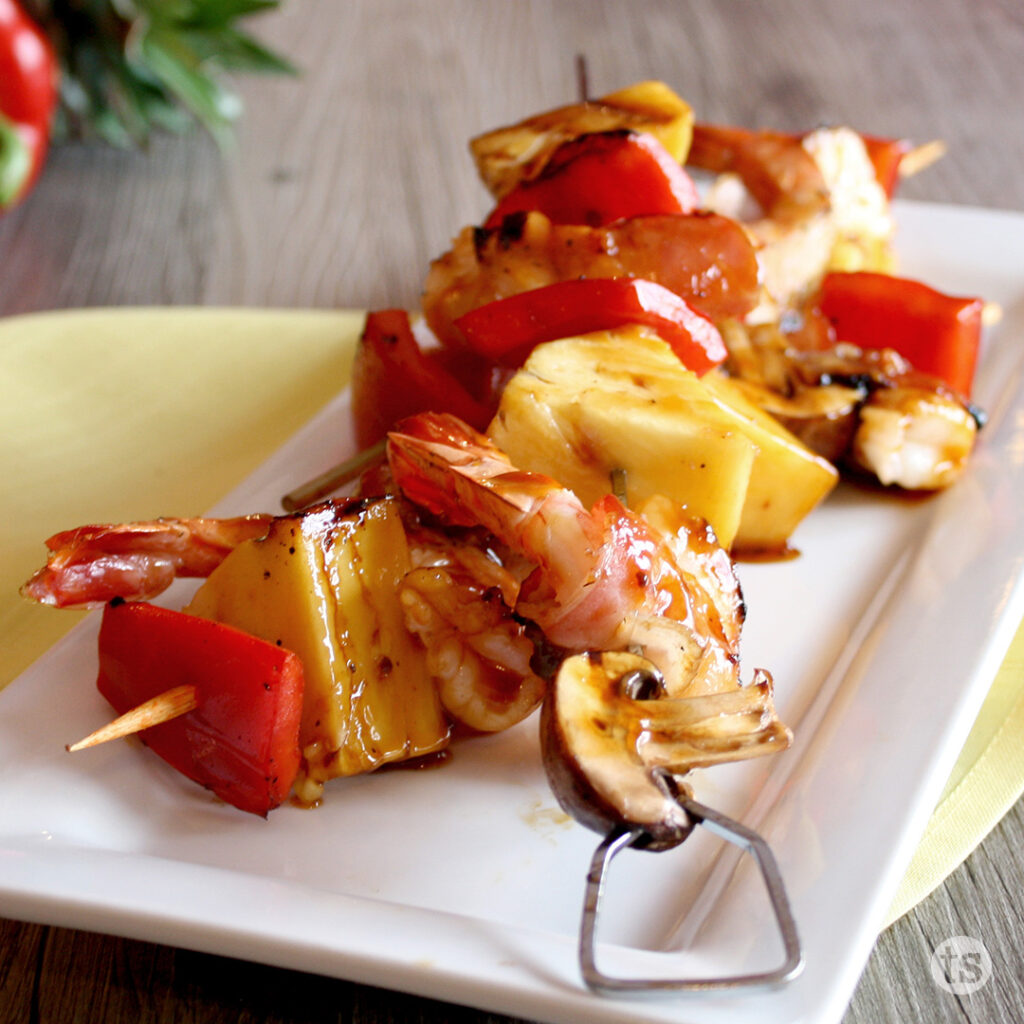

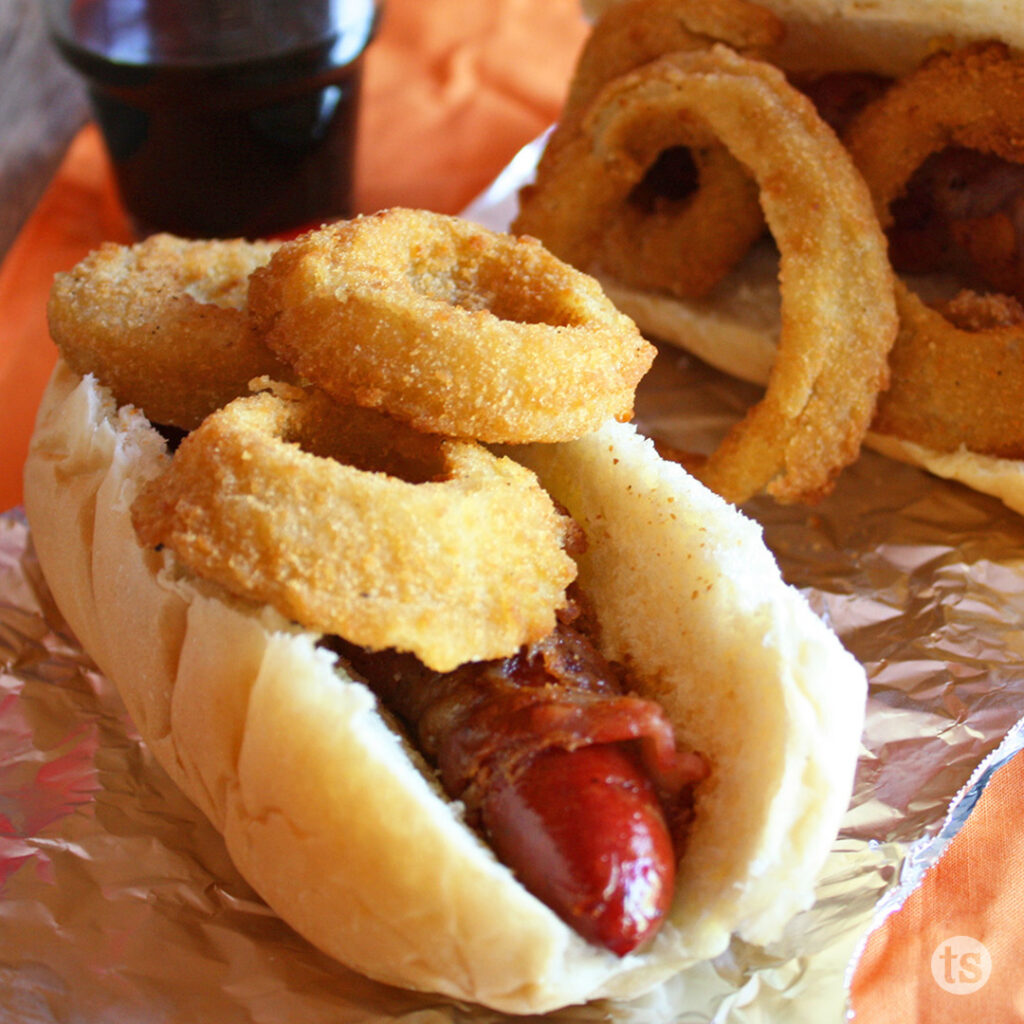
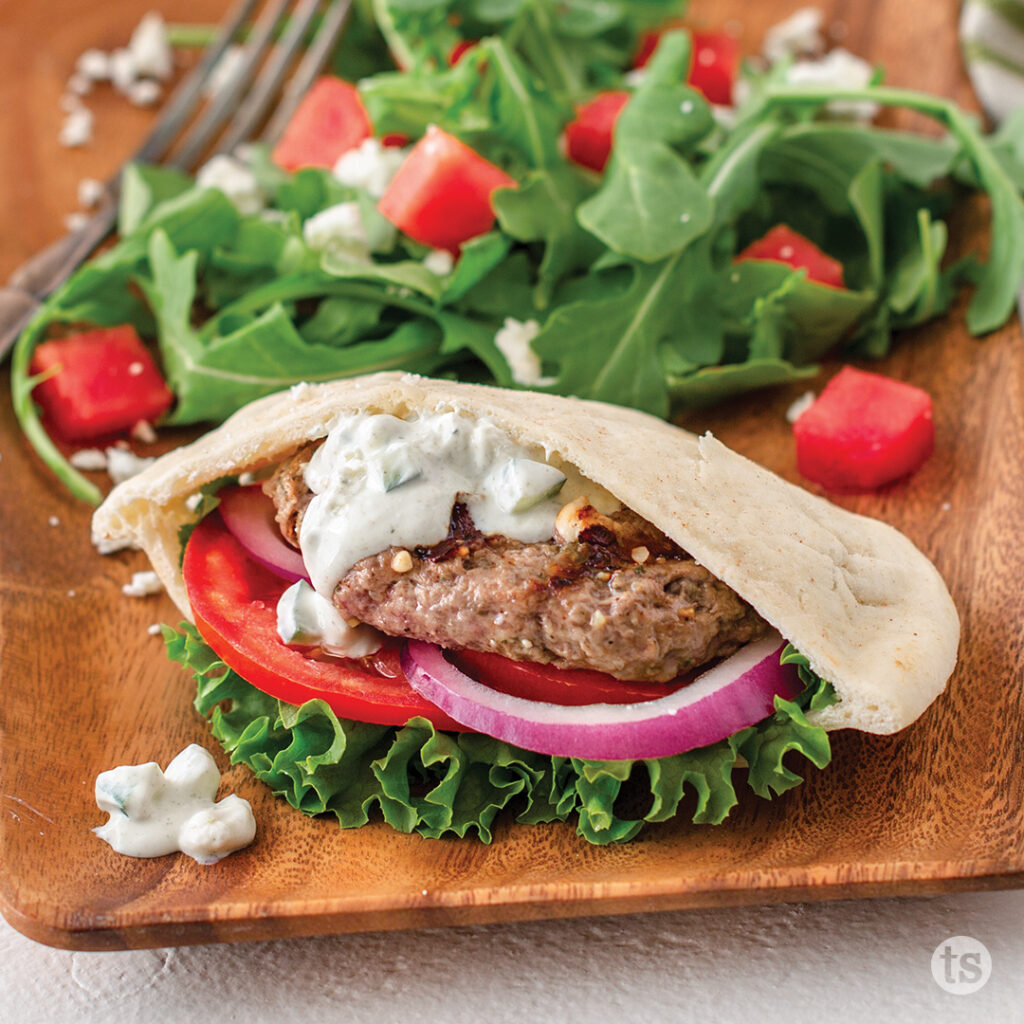
Foil Packets for Camping
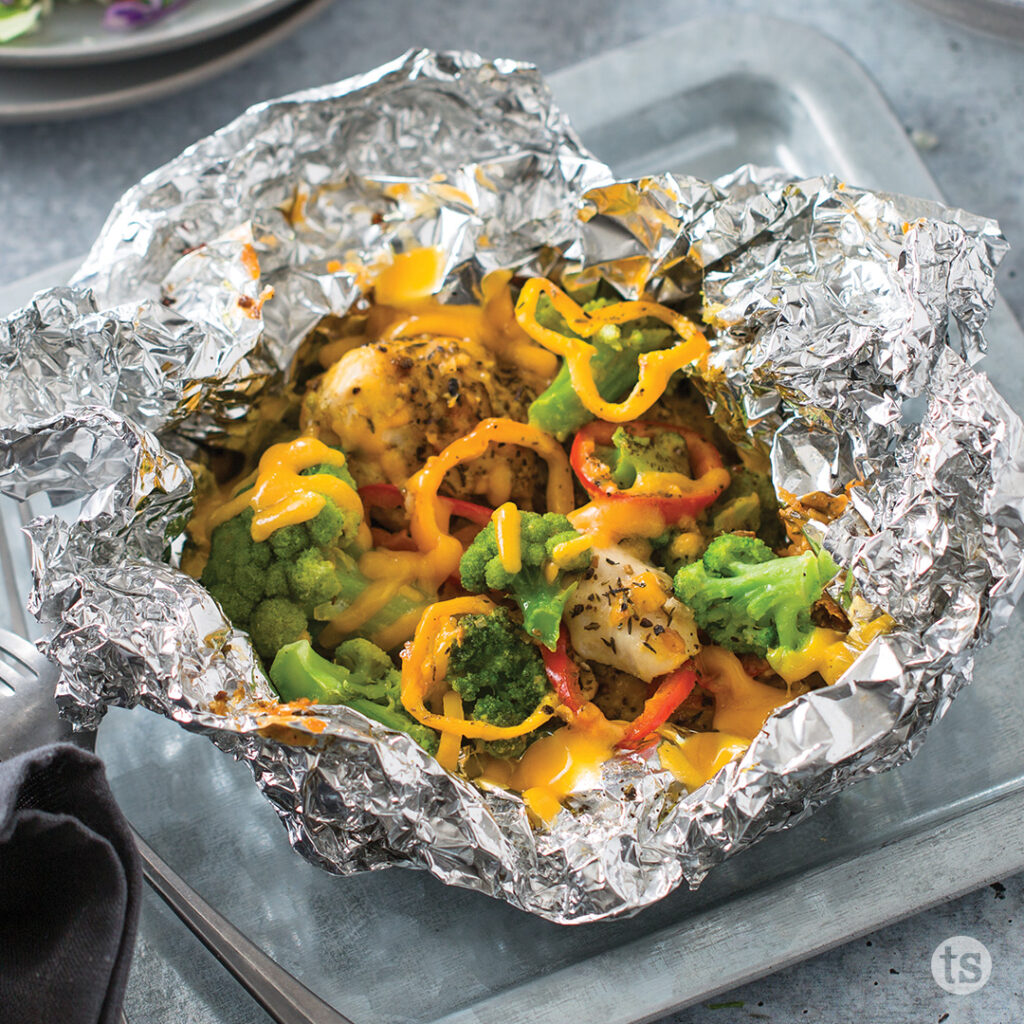


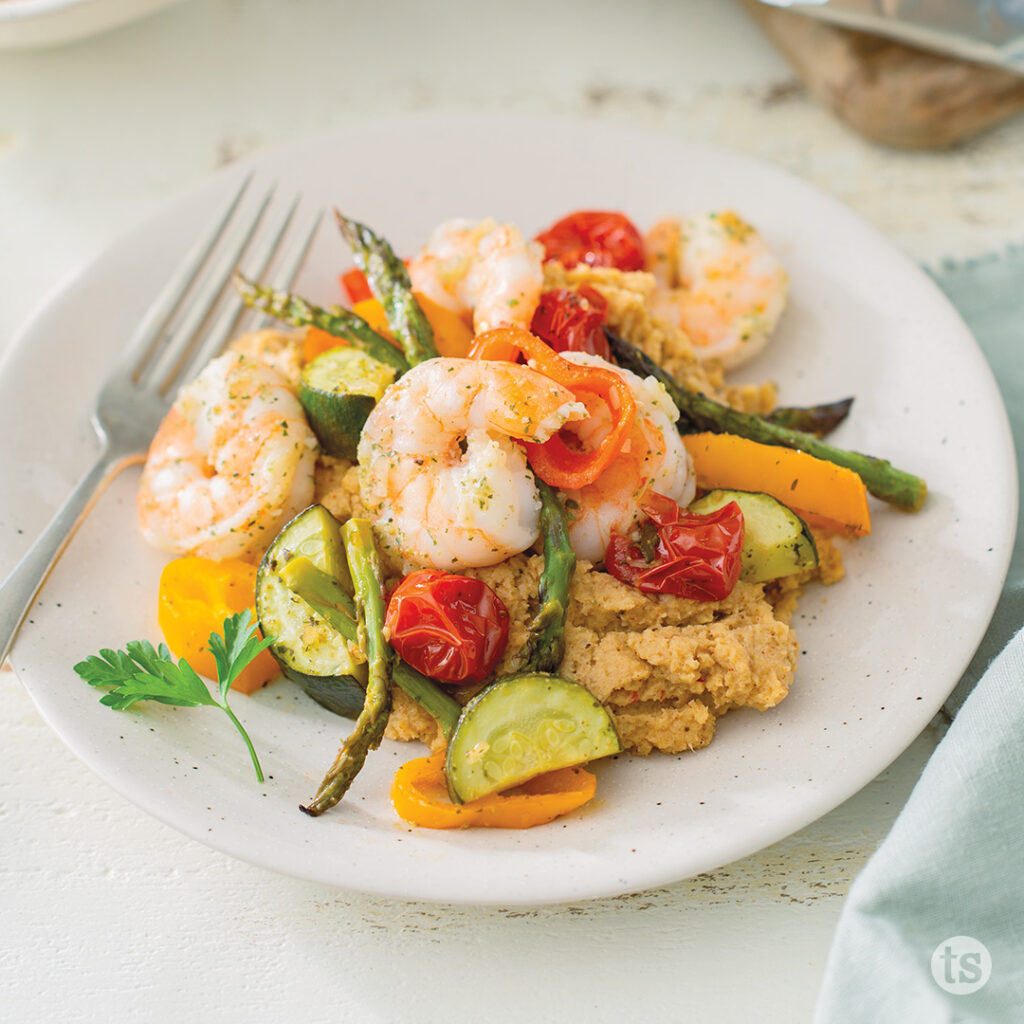

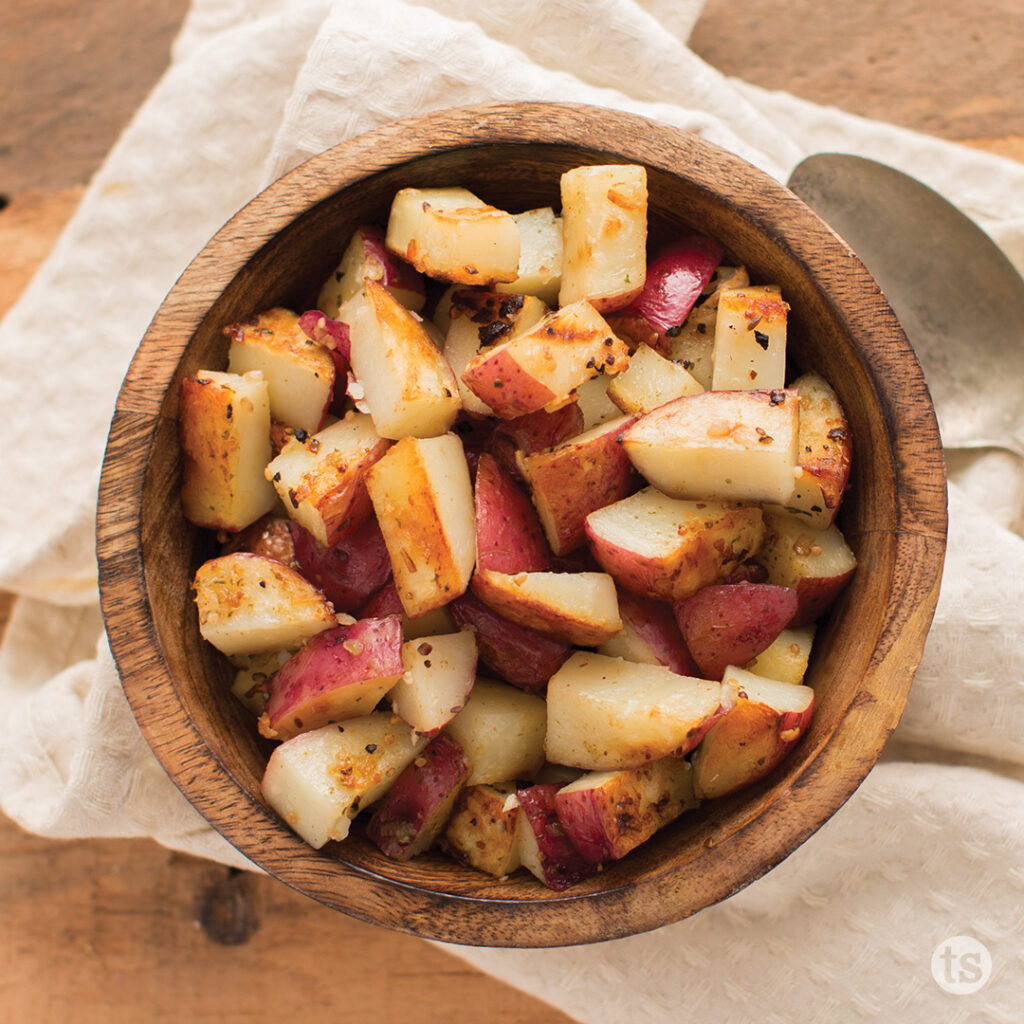
Sensational Salads, Veggies & Sides

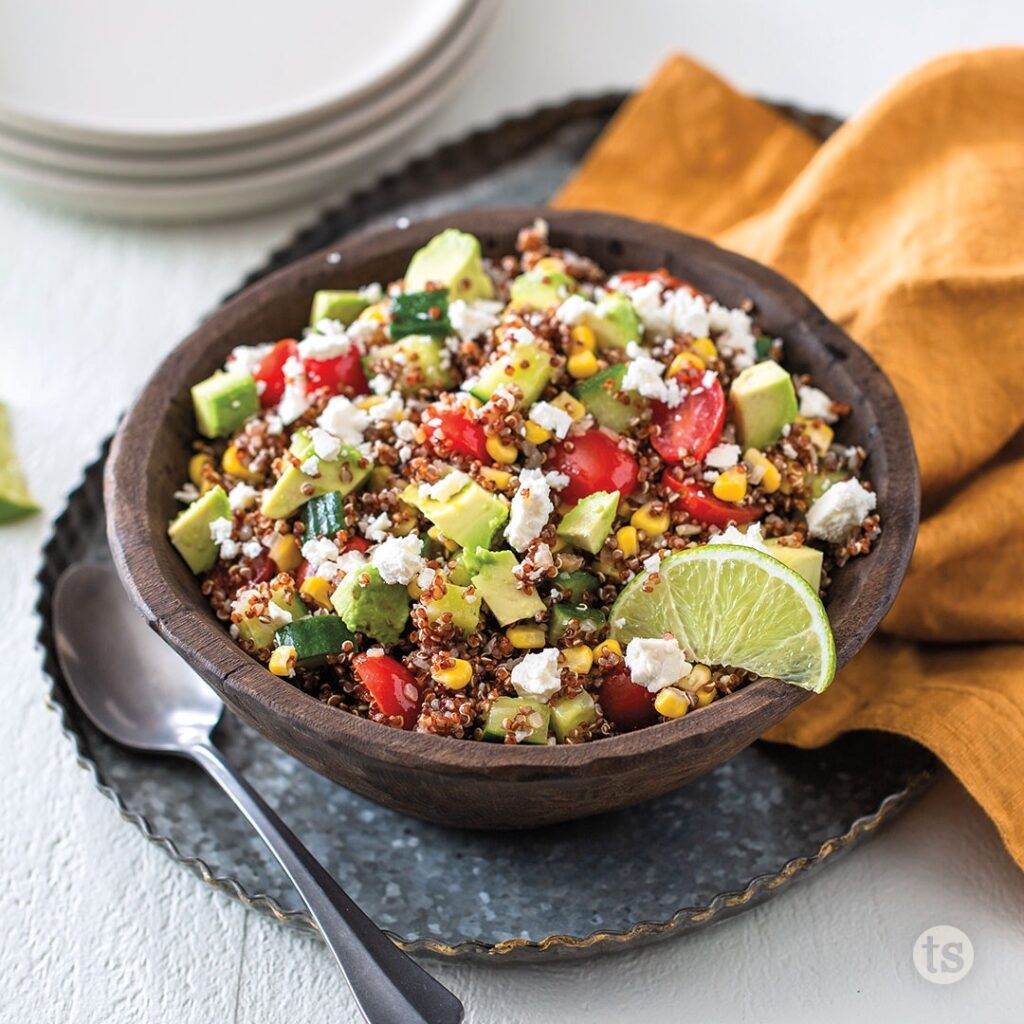
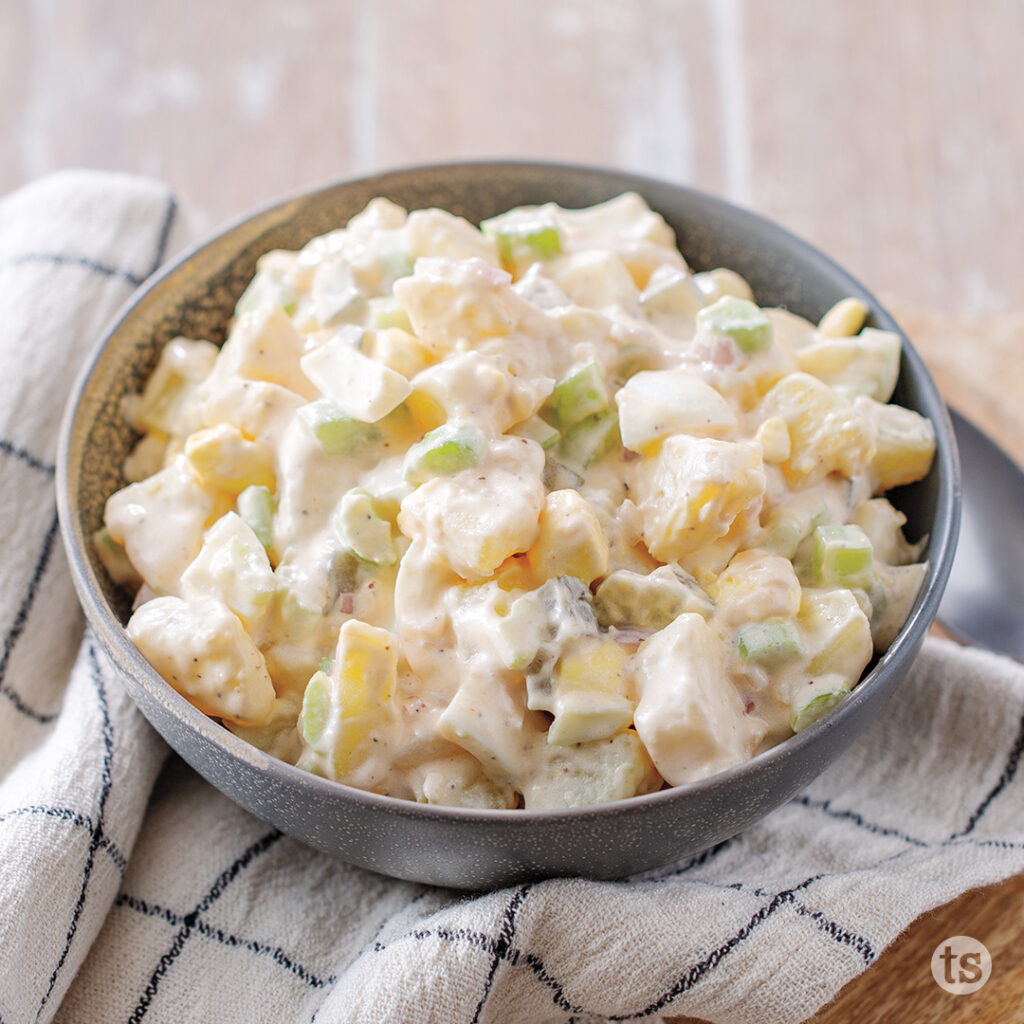
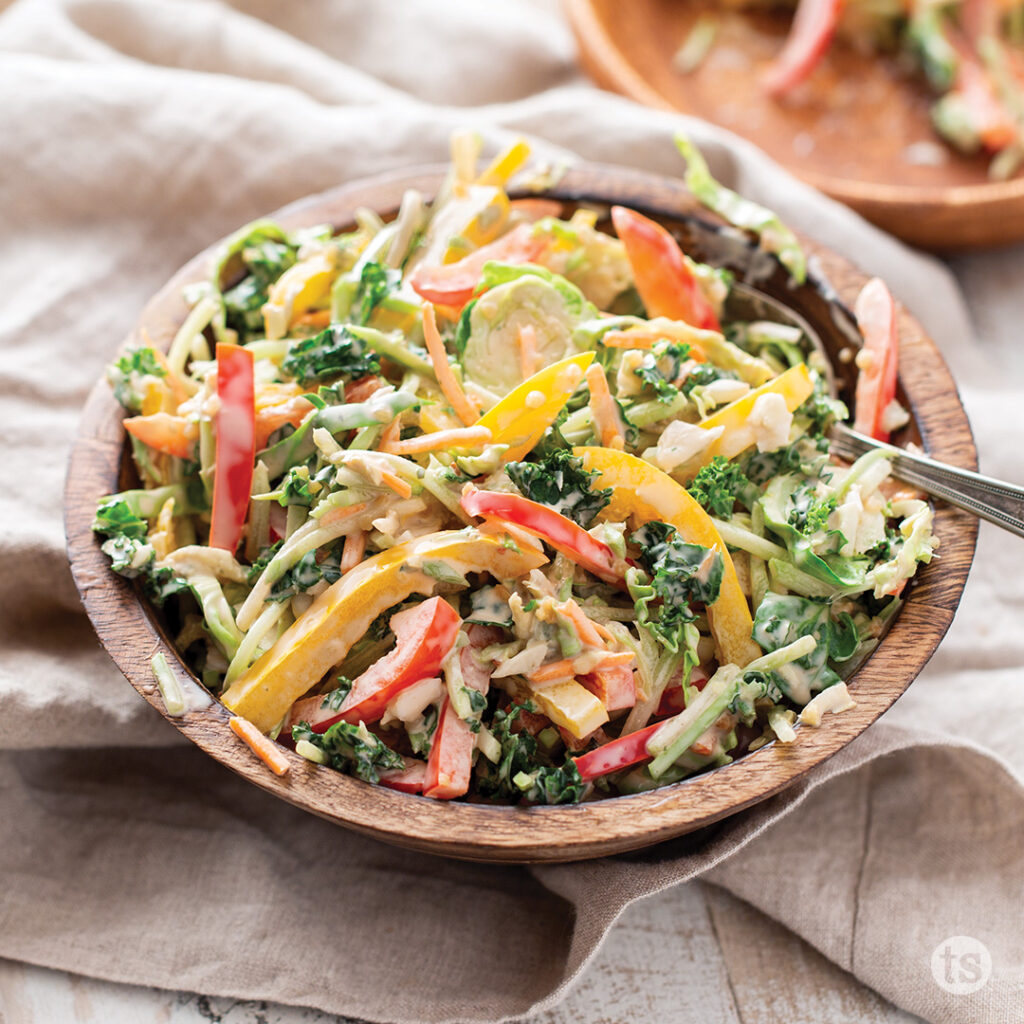
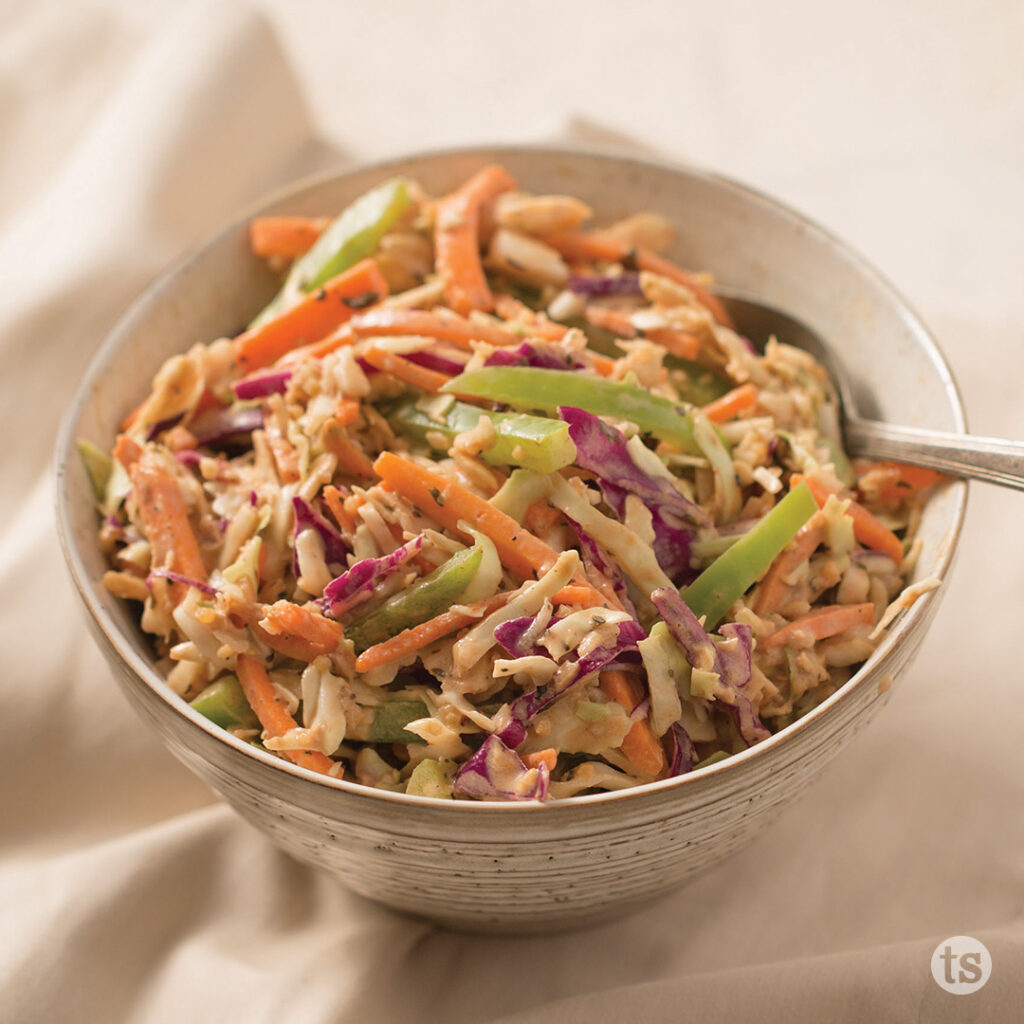
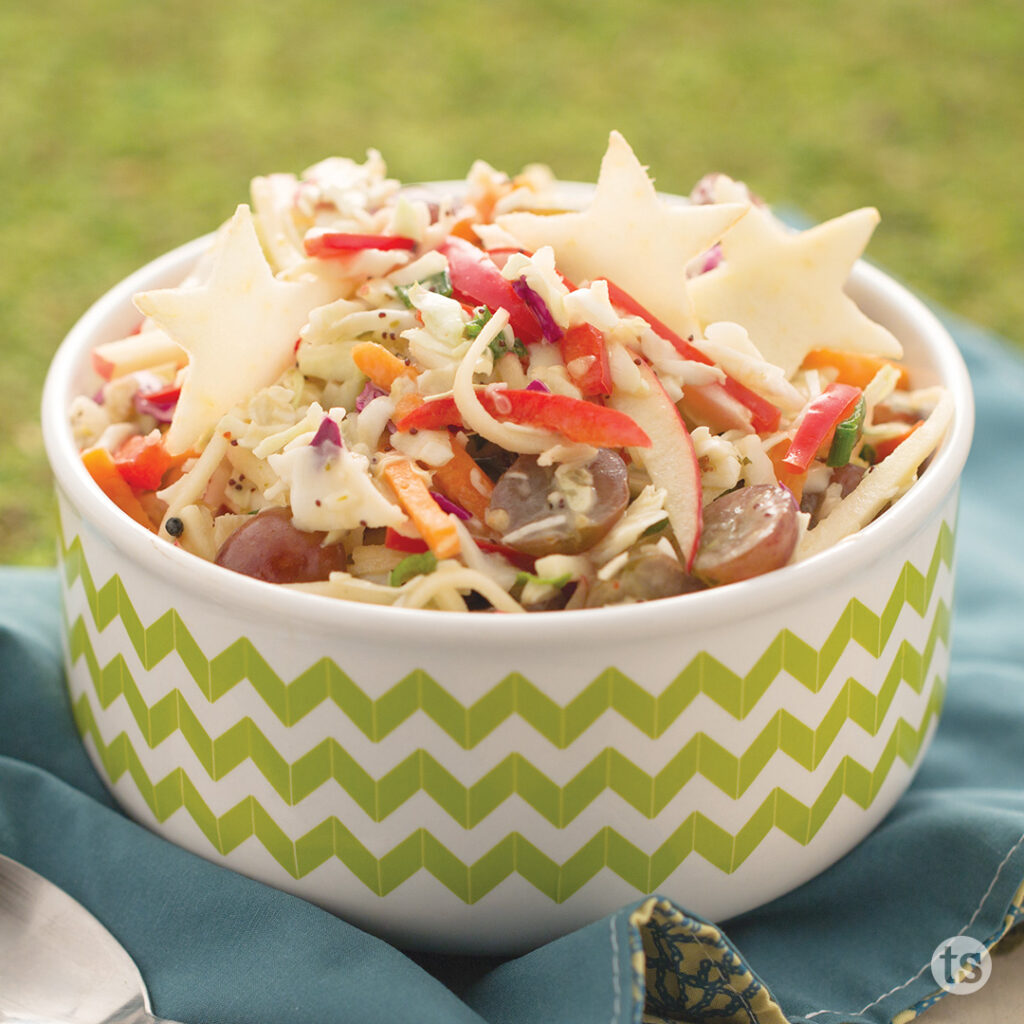
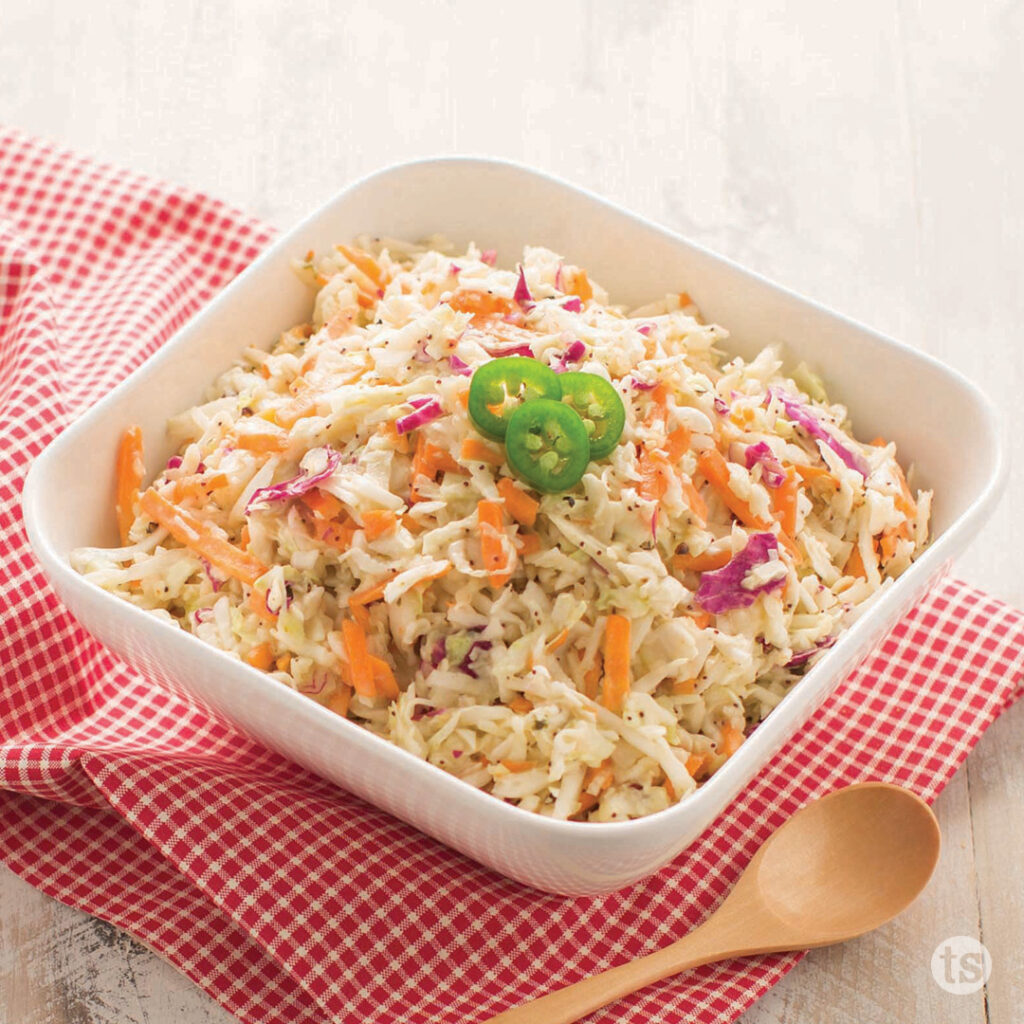

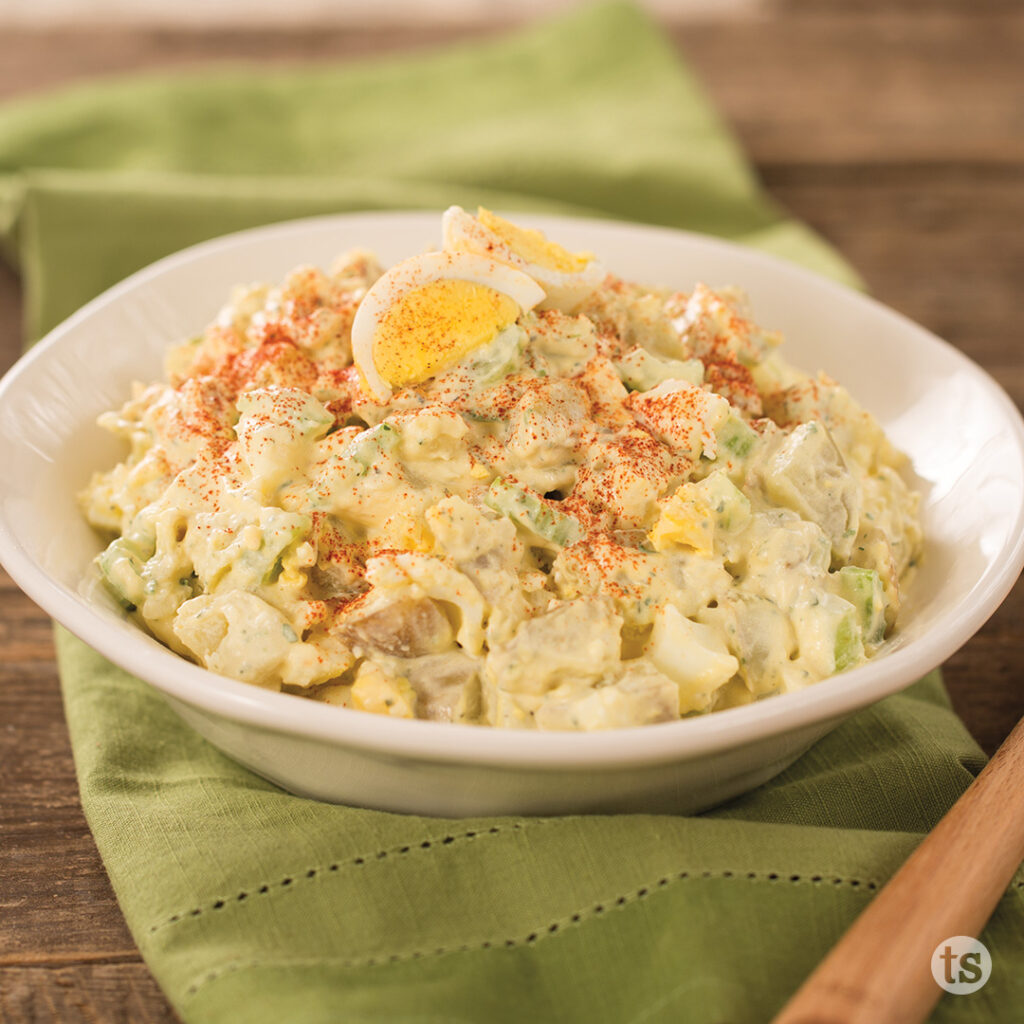

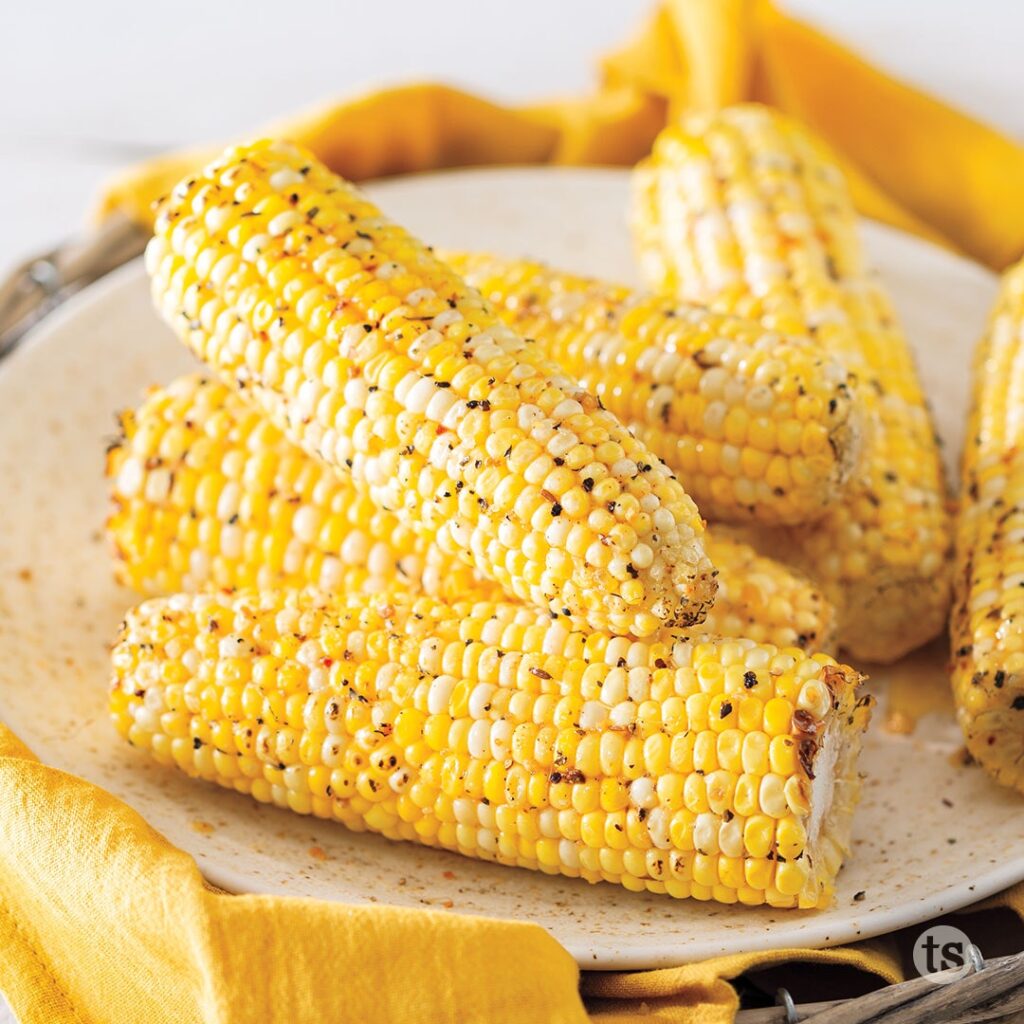
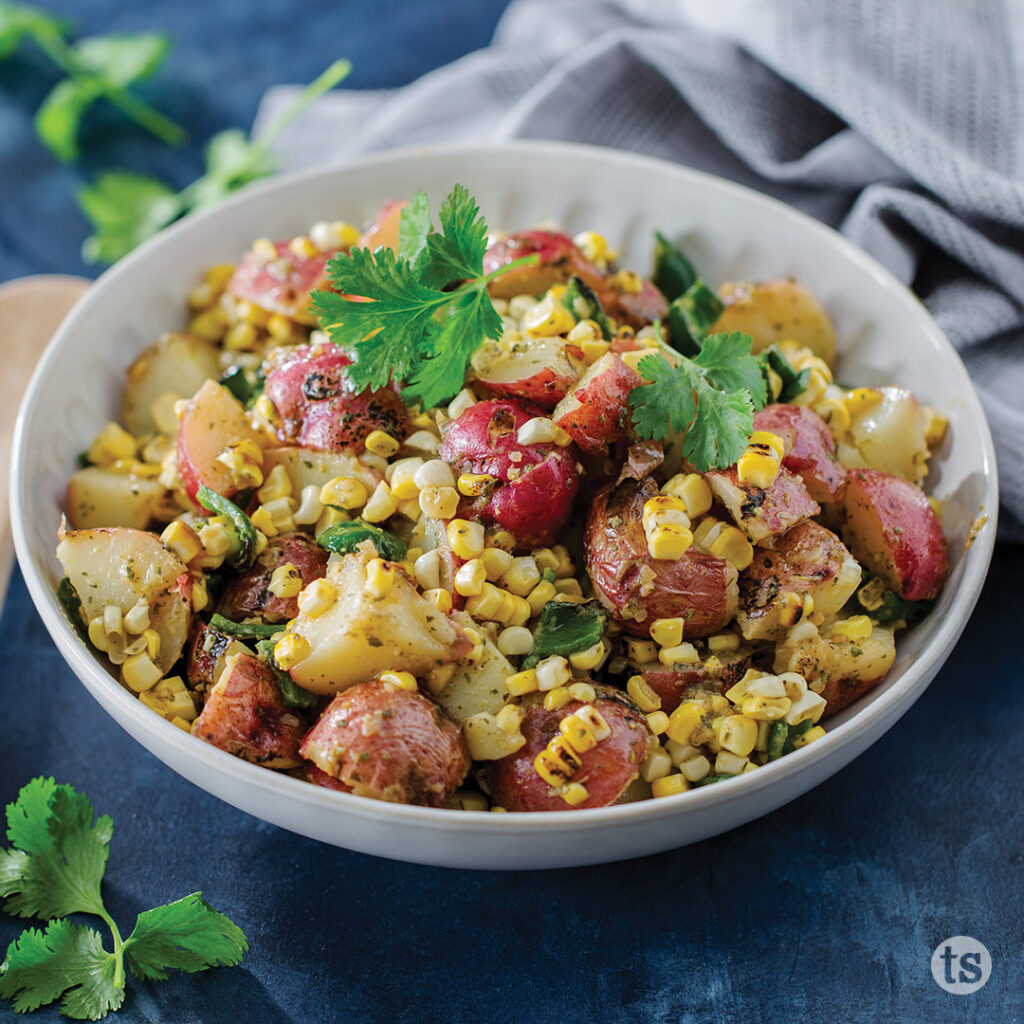
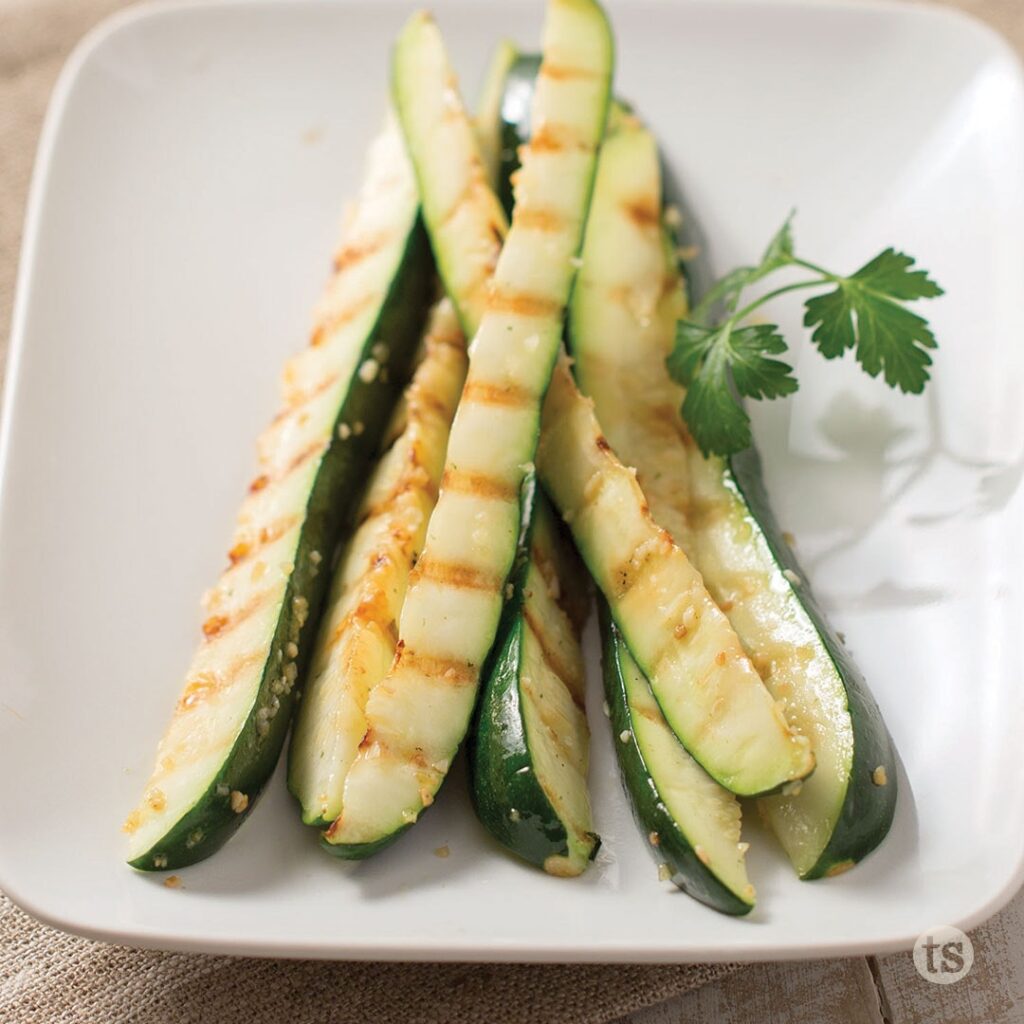
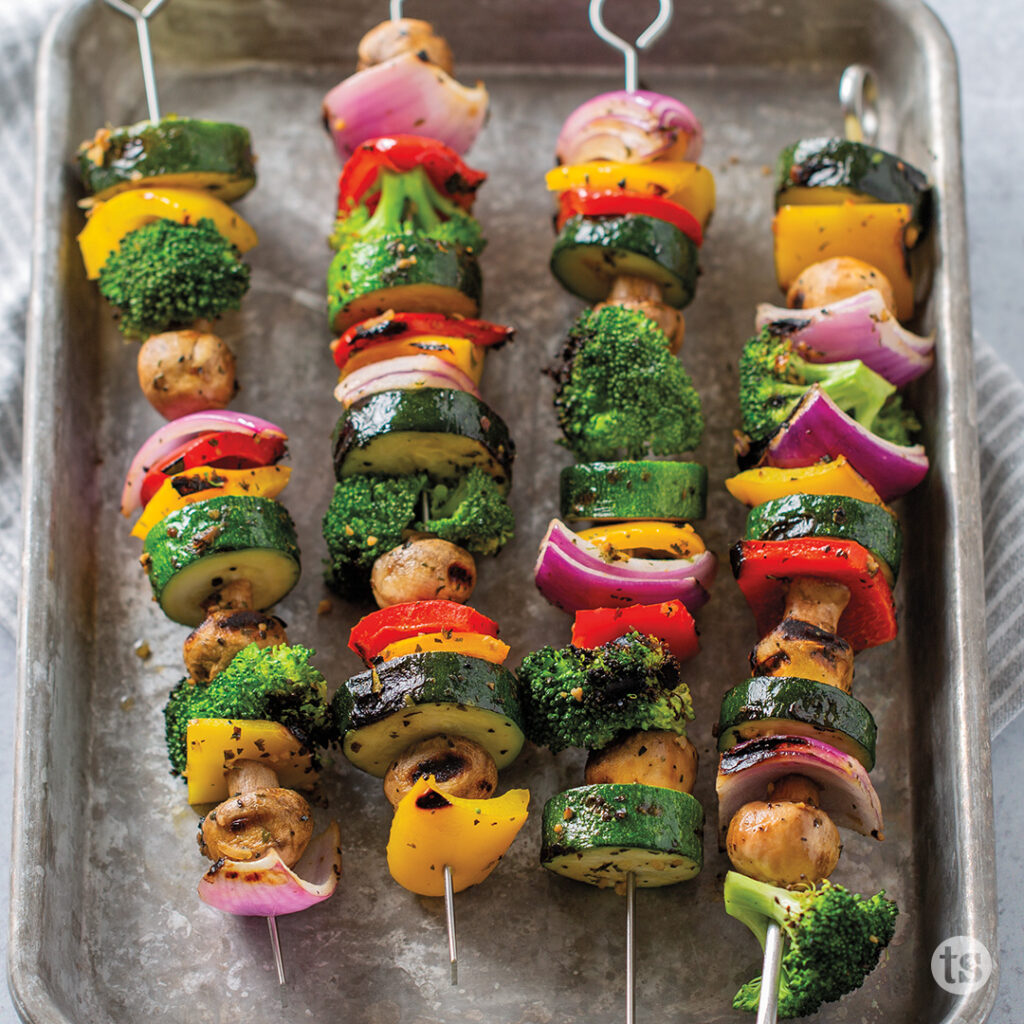
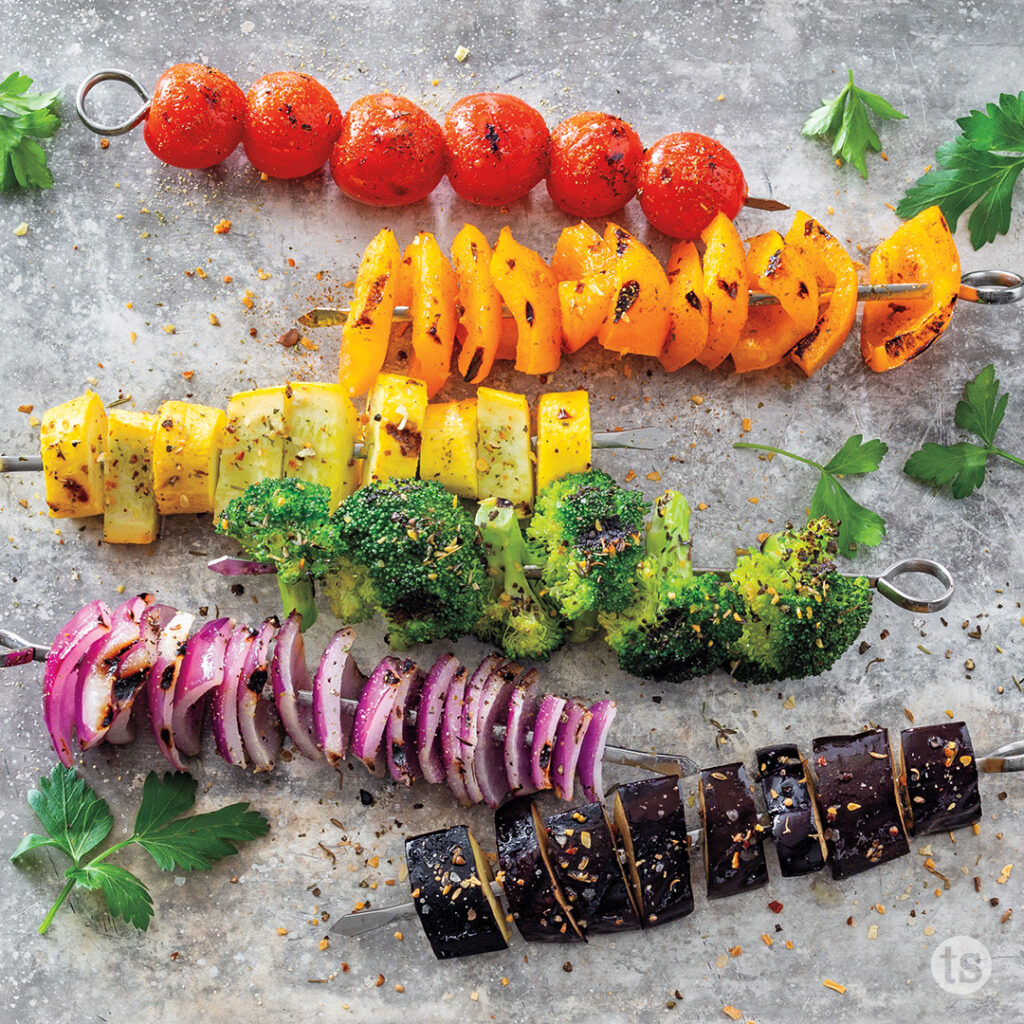
Delightful Desserts and Snacks for Camping
